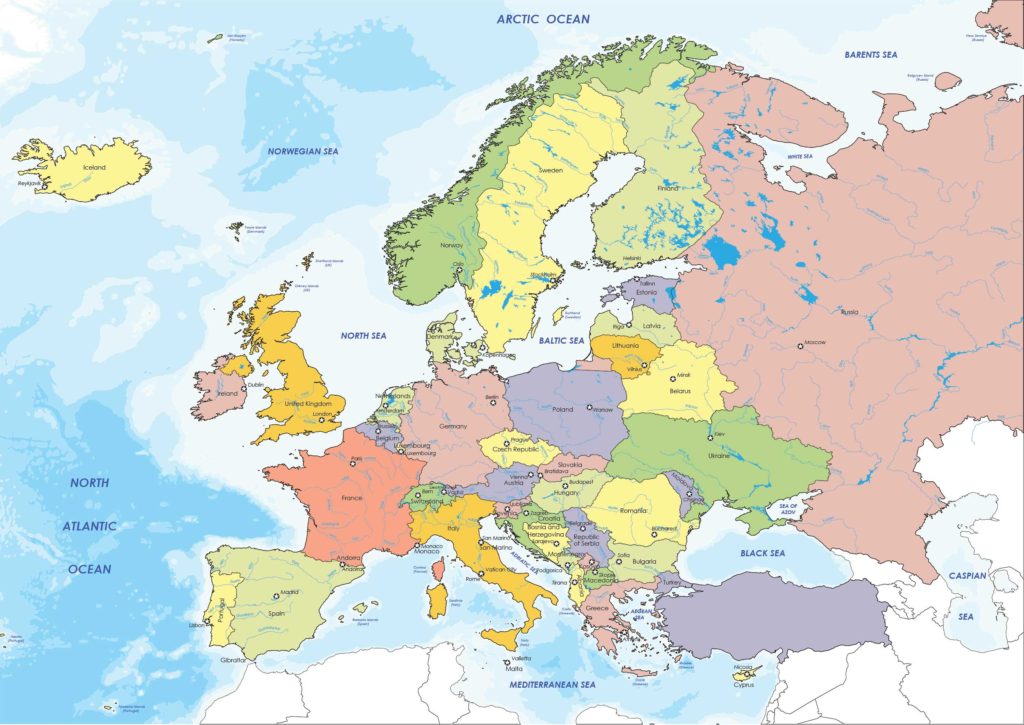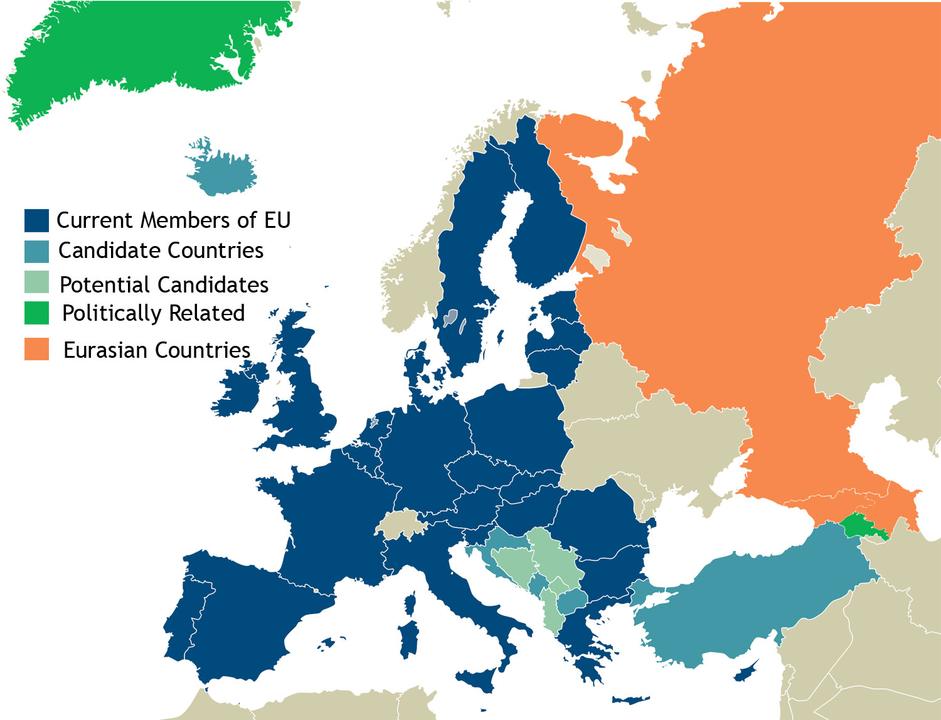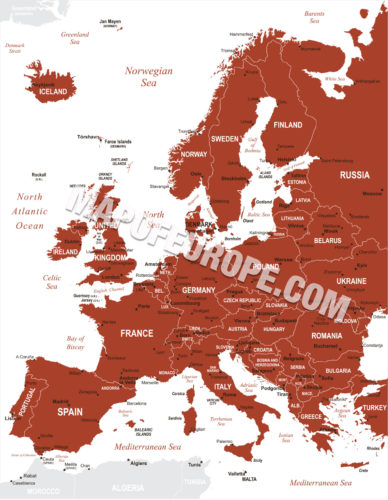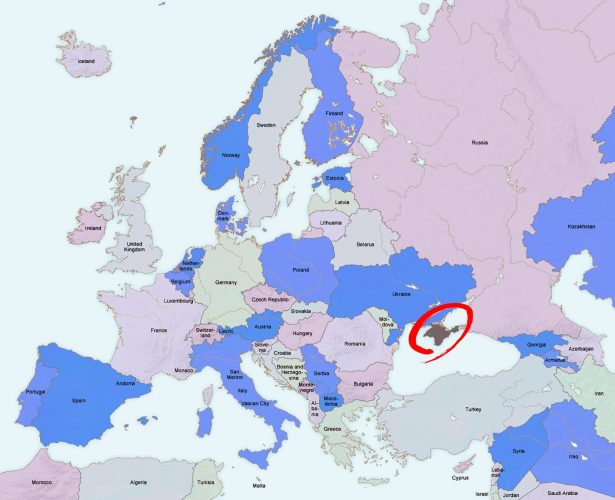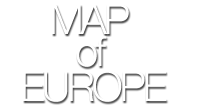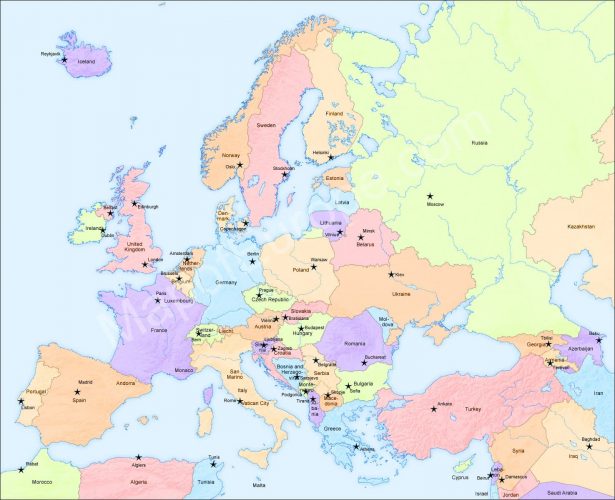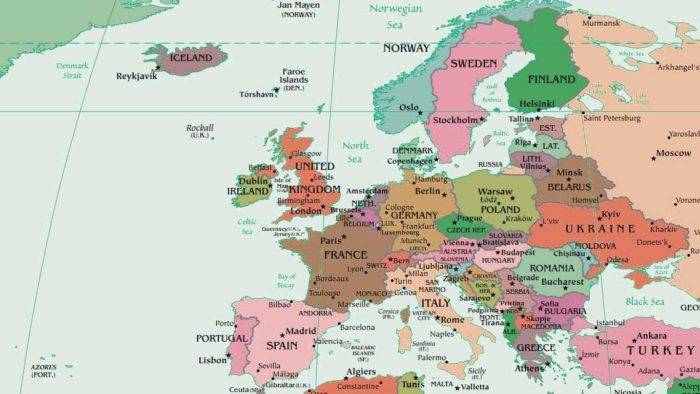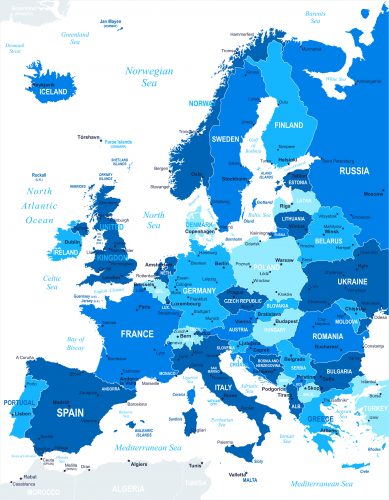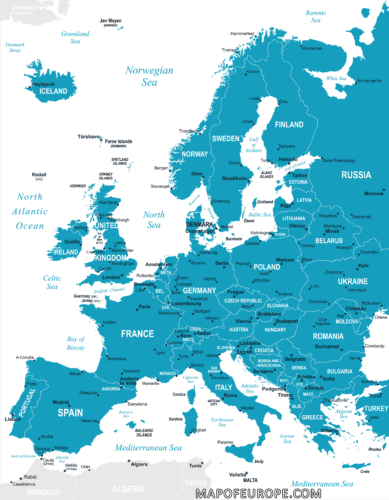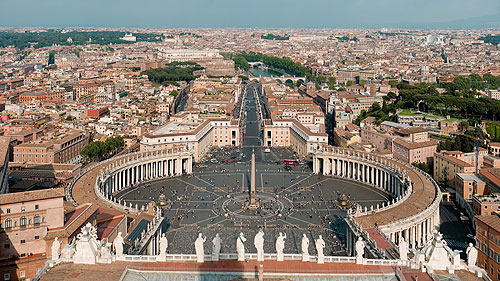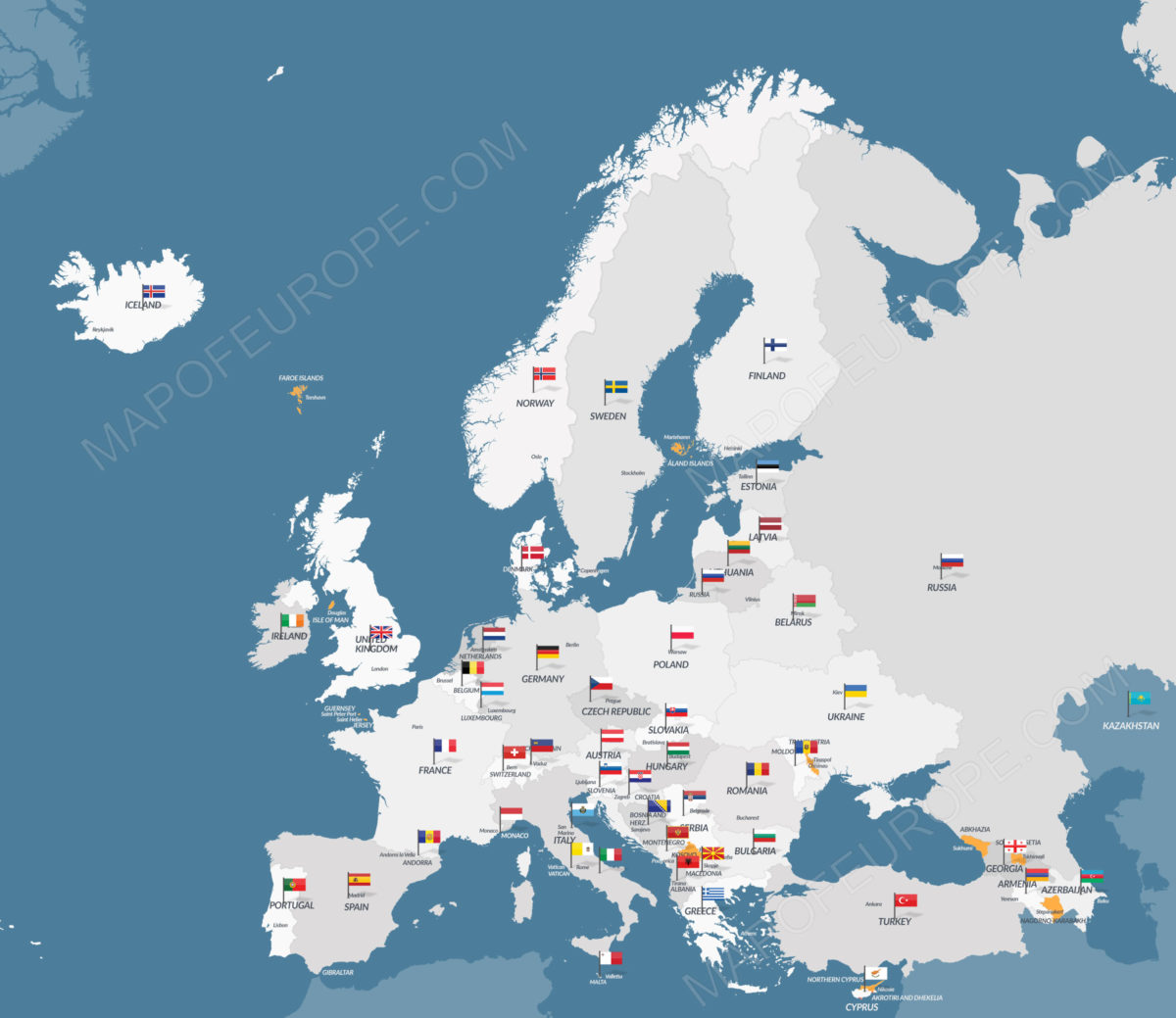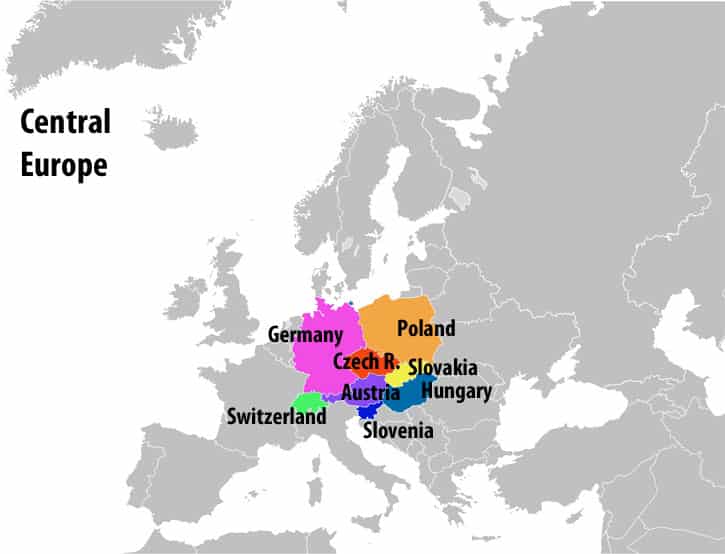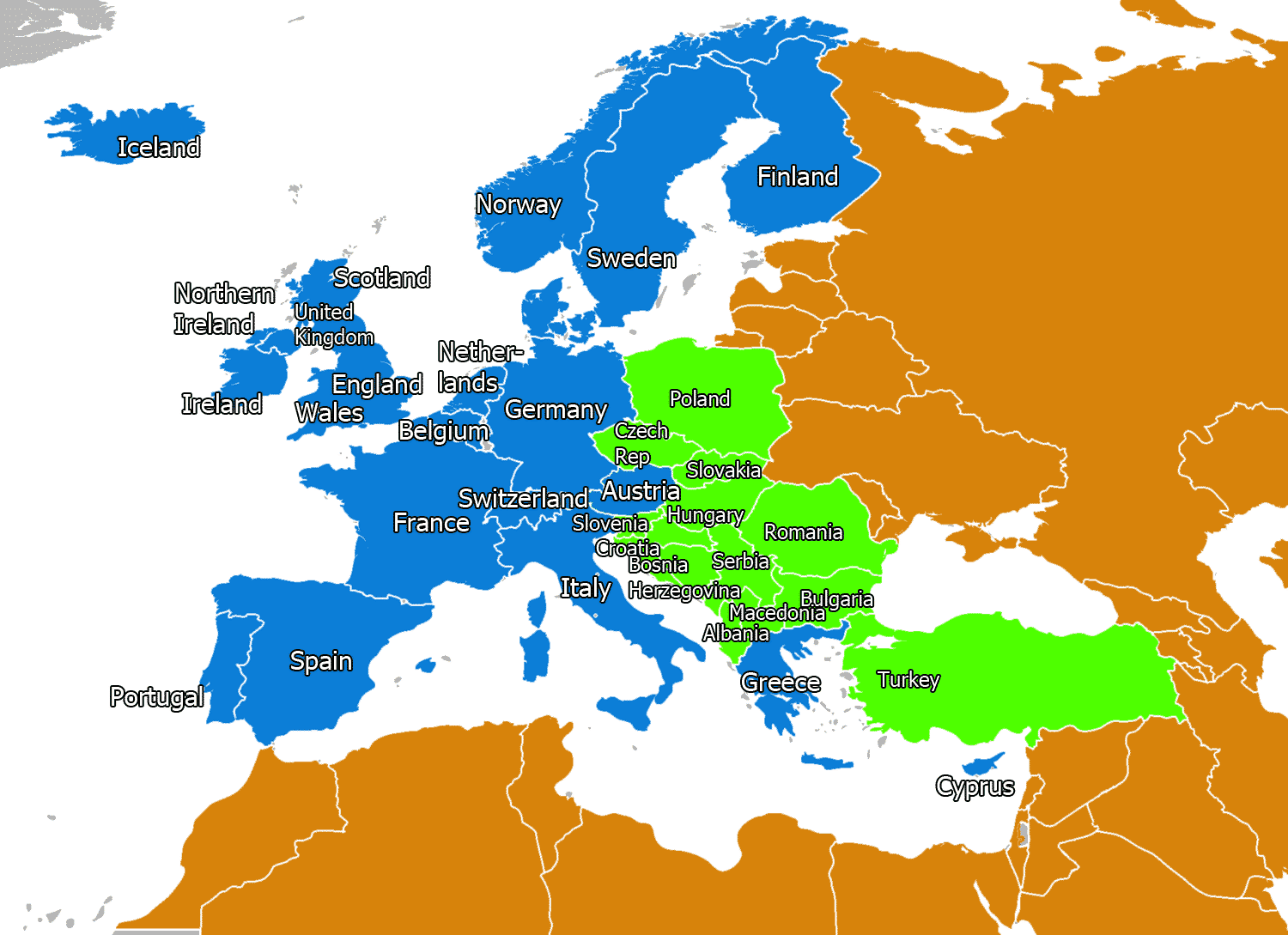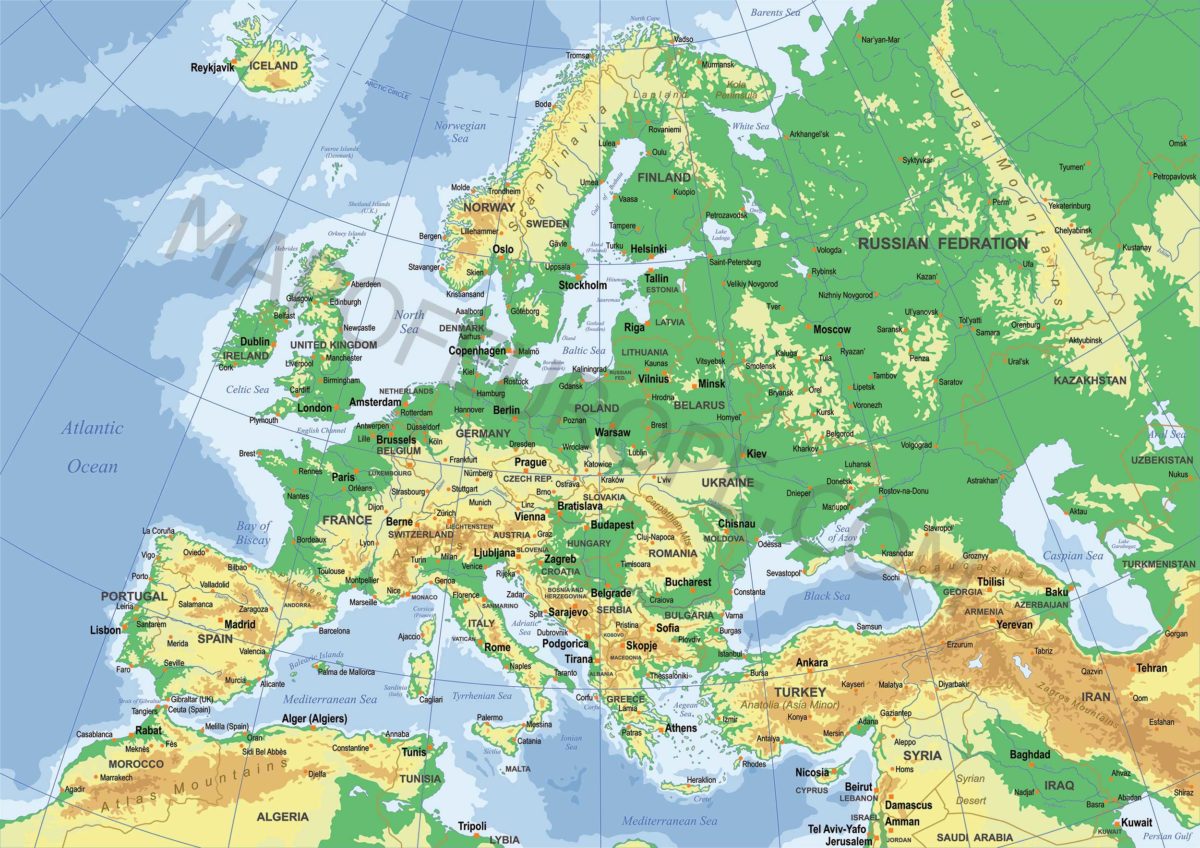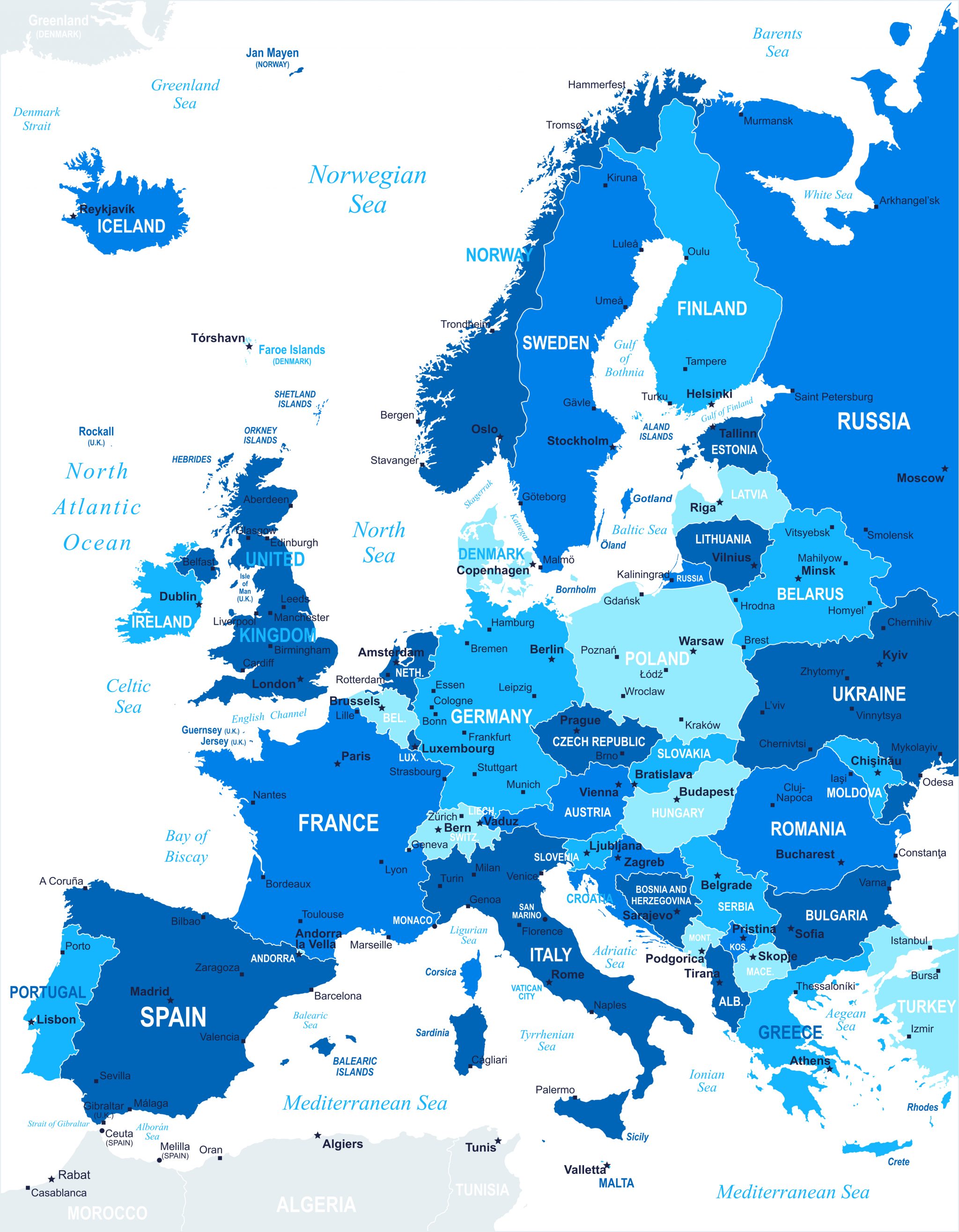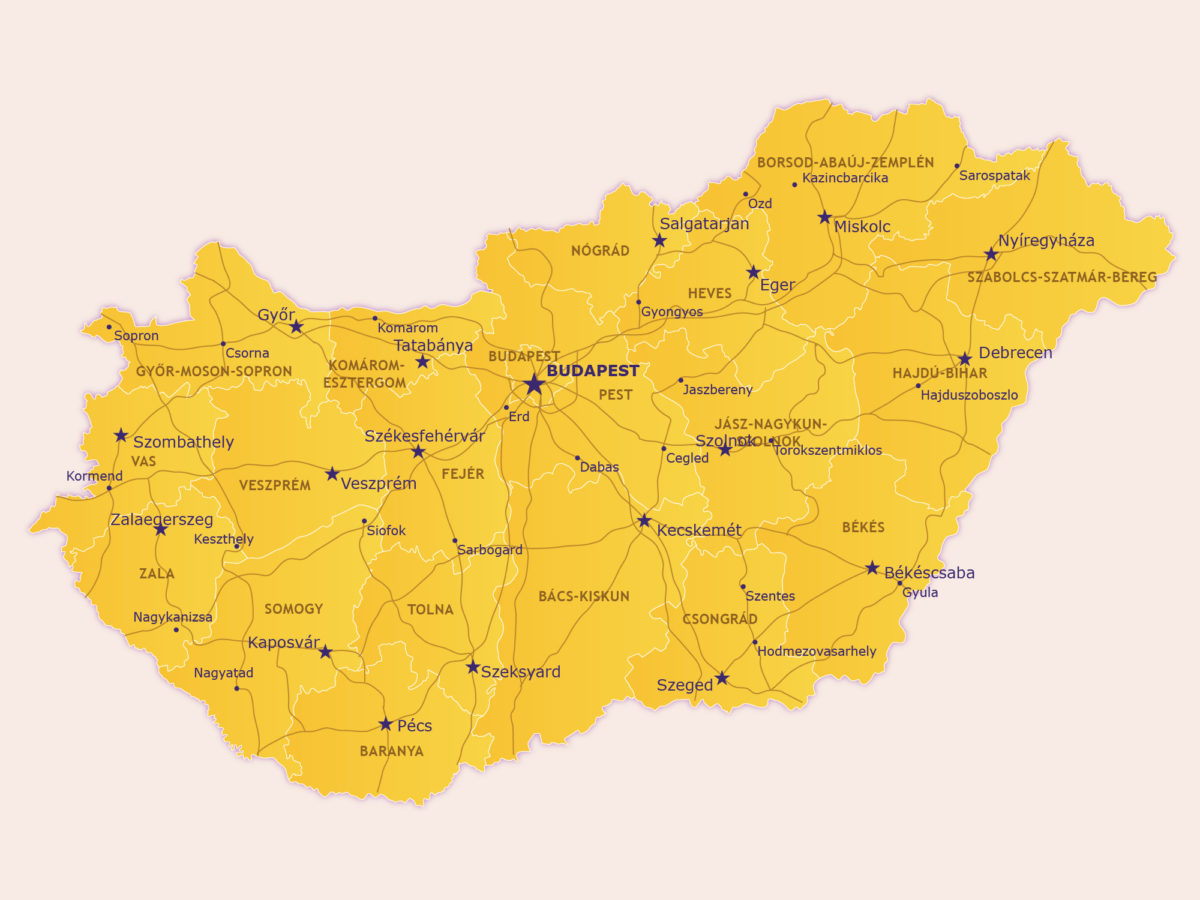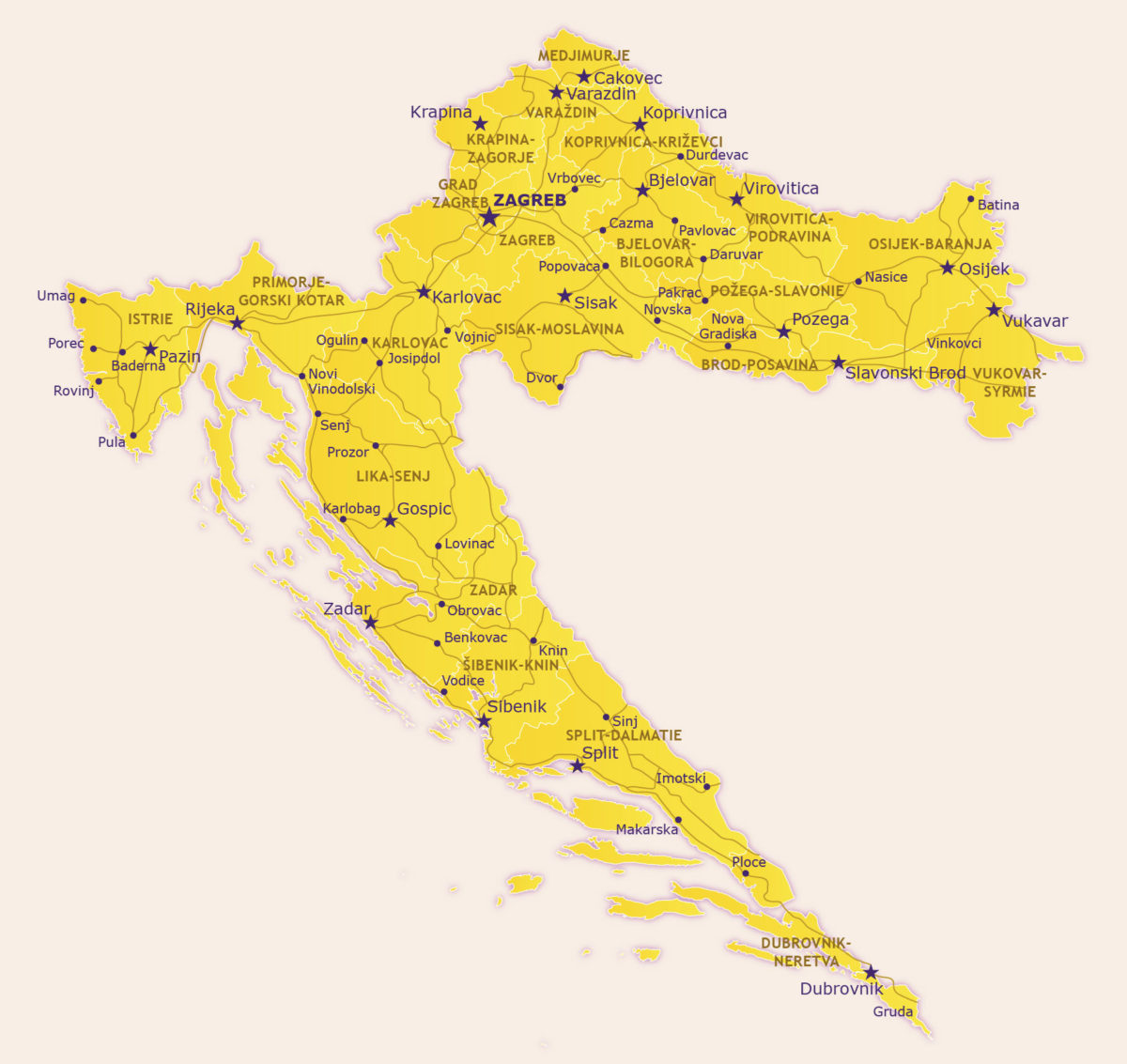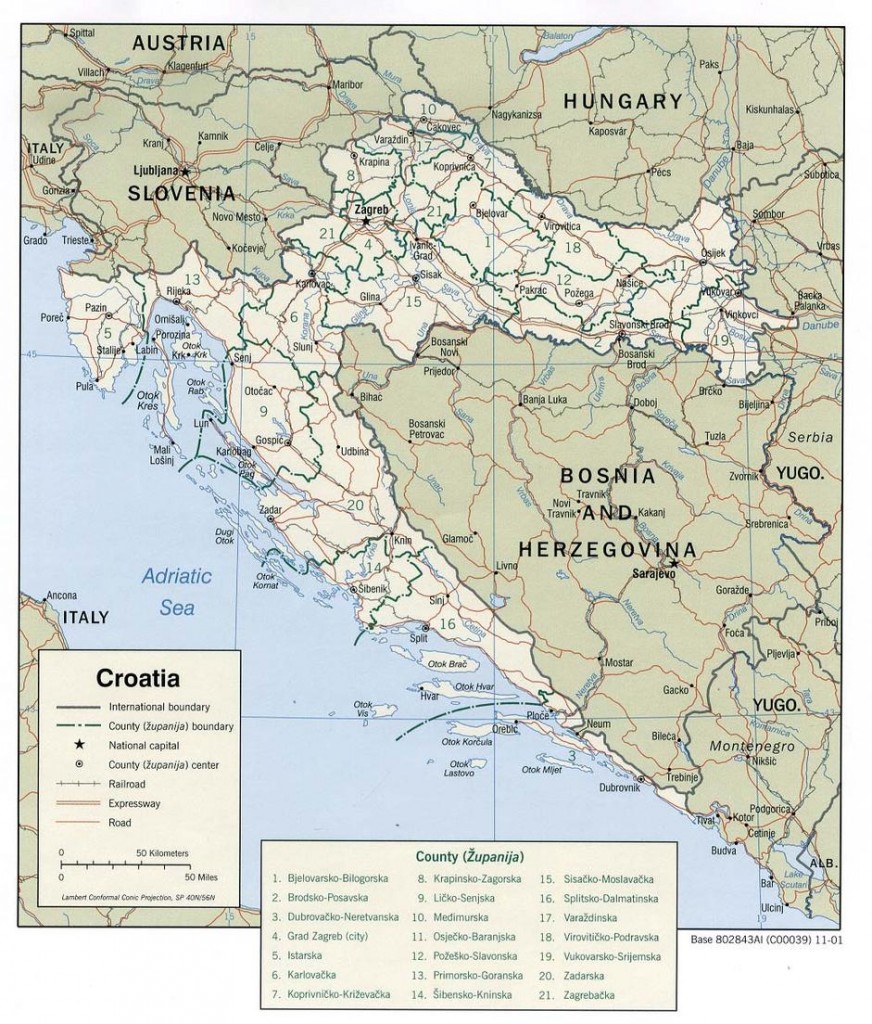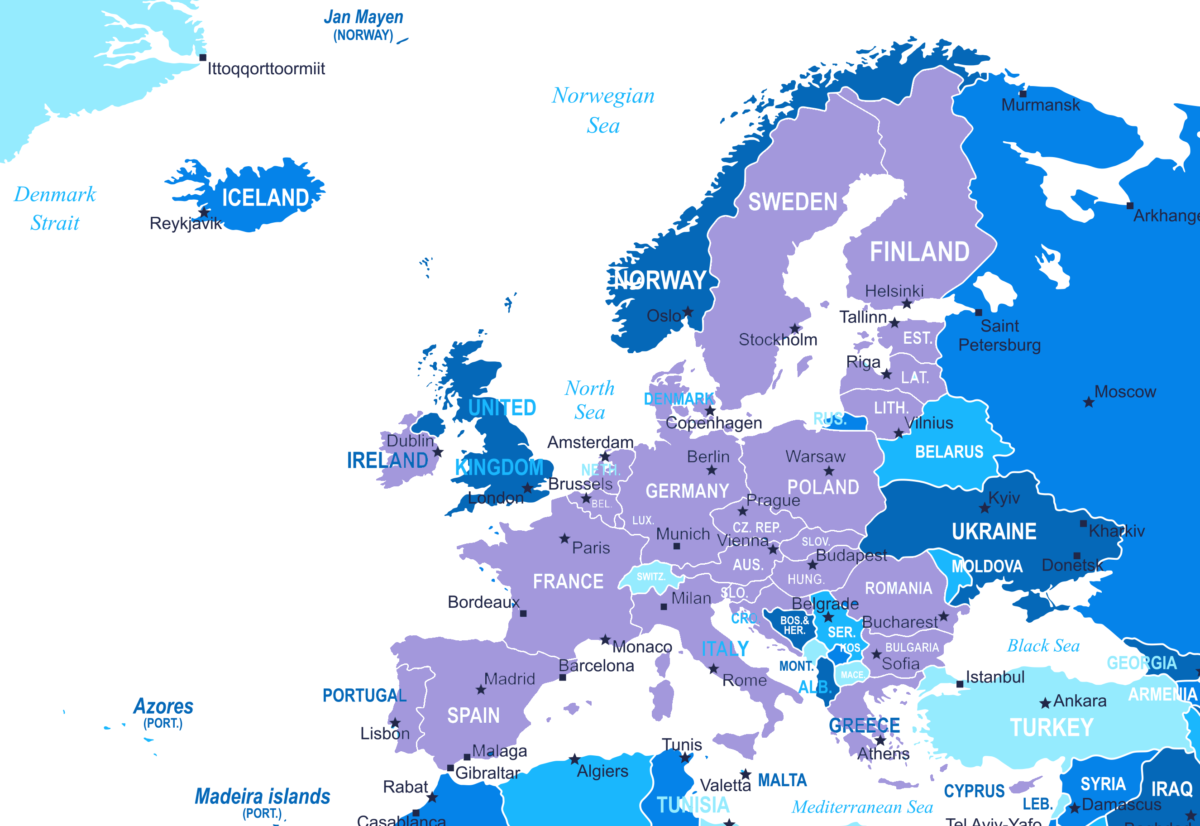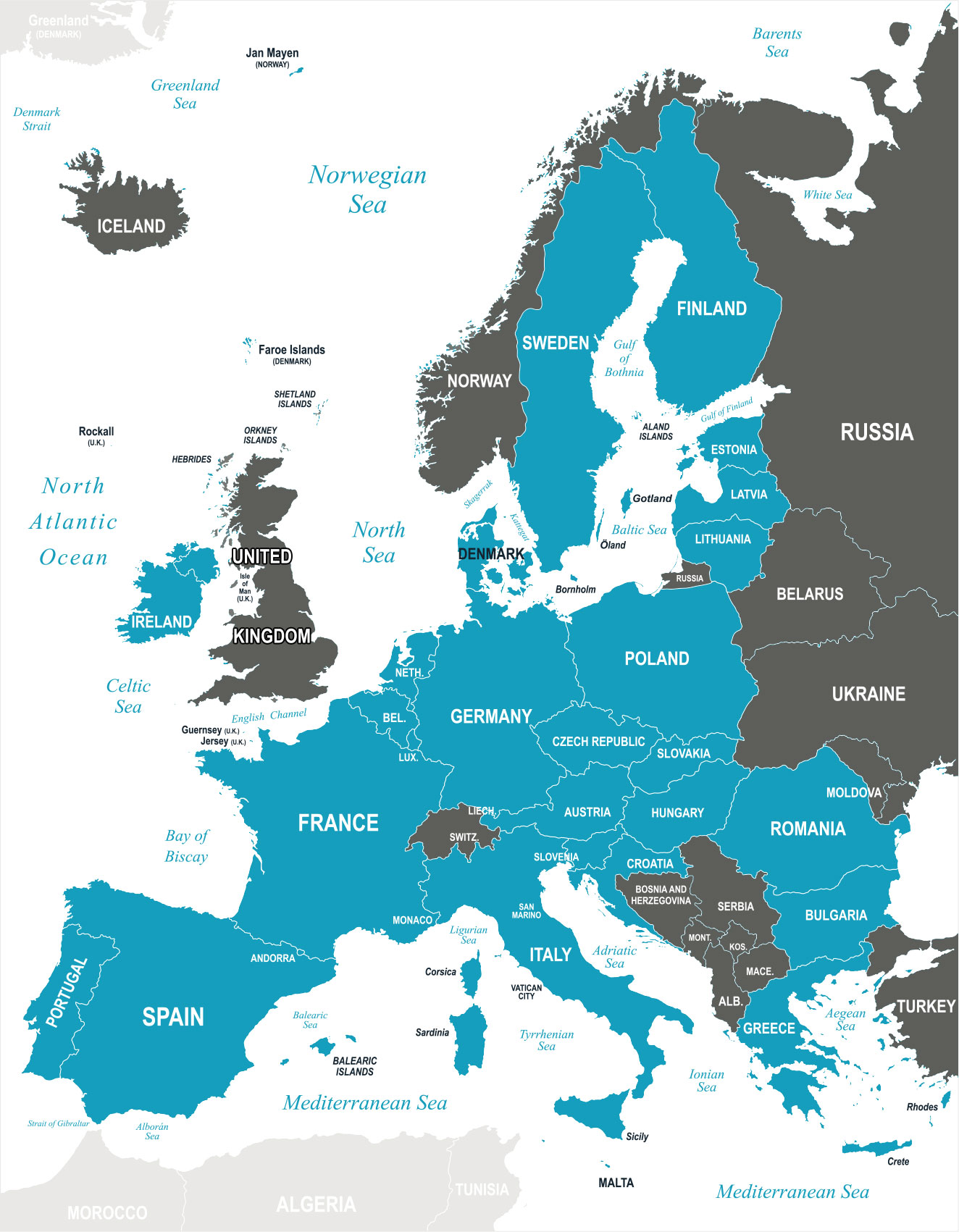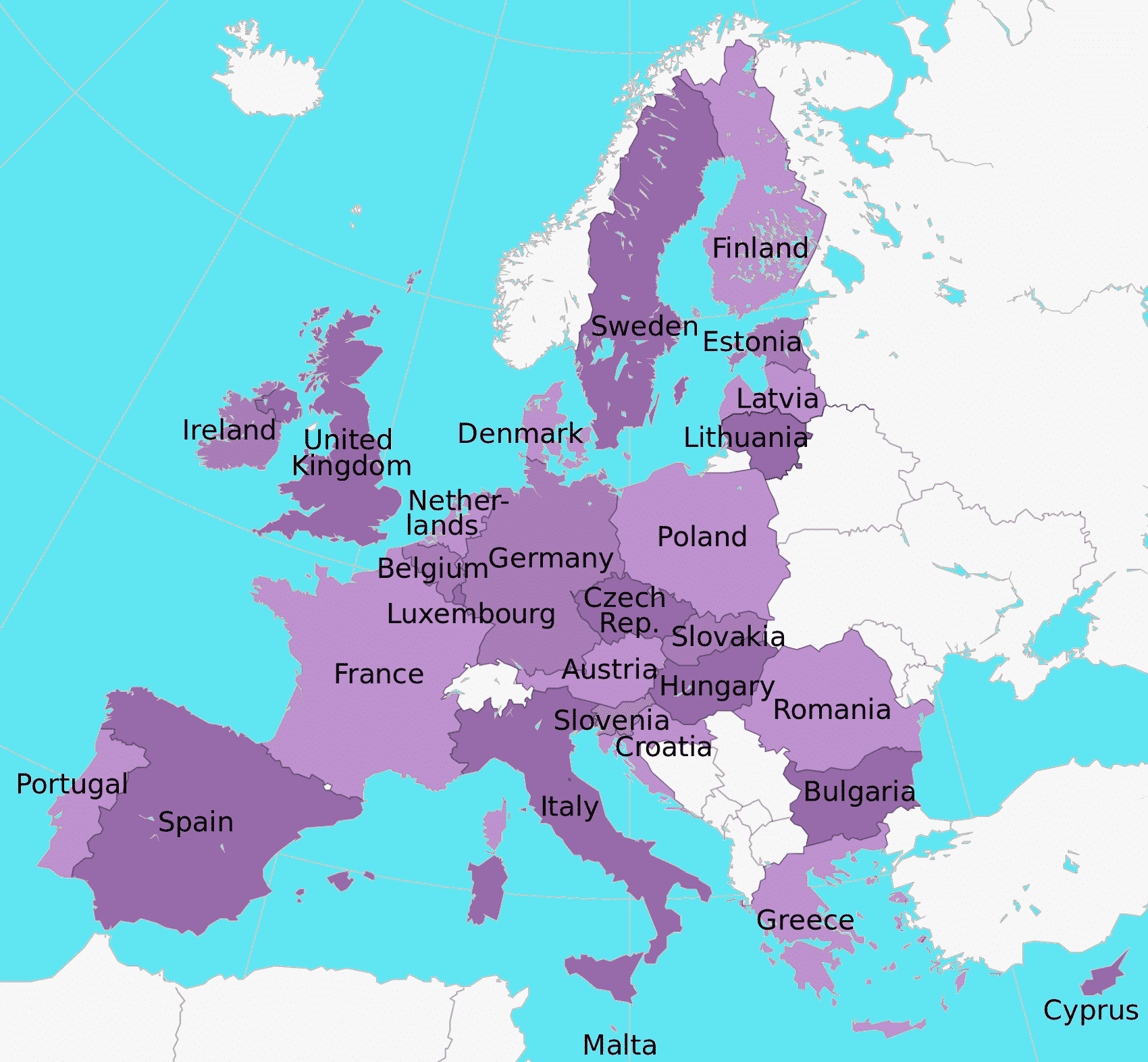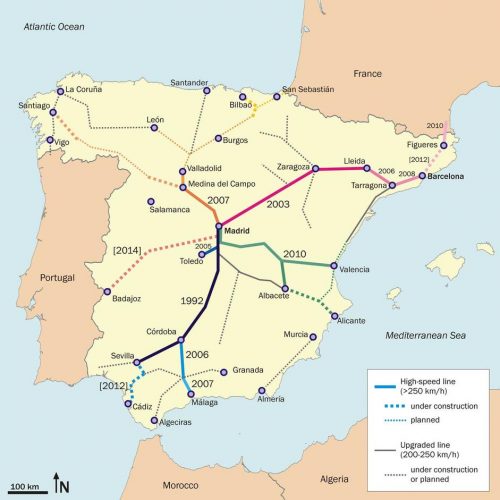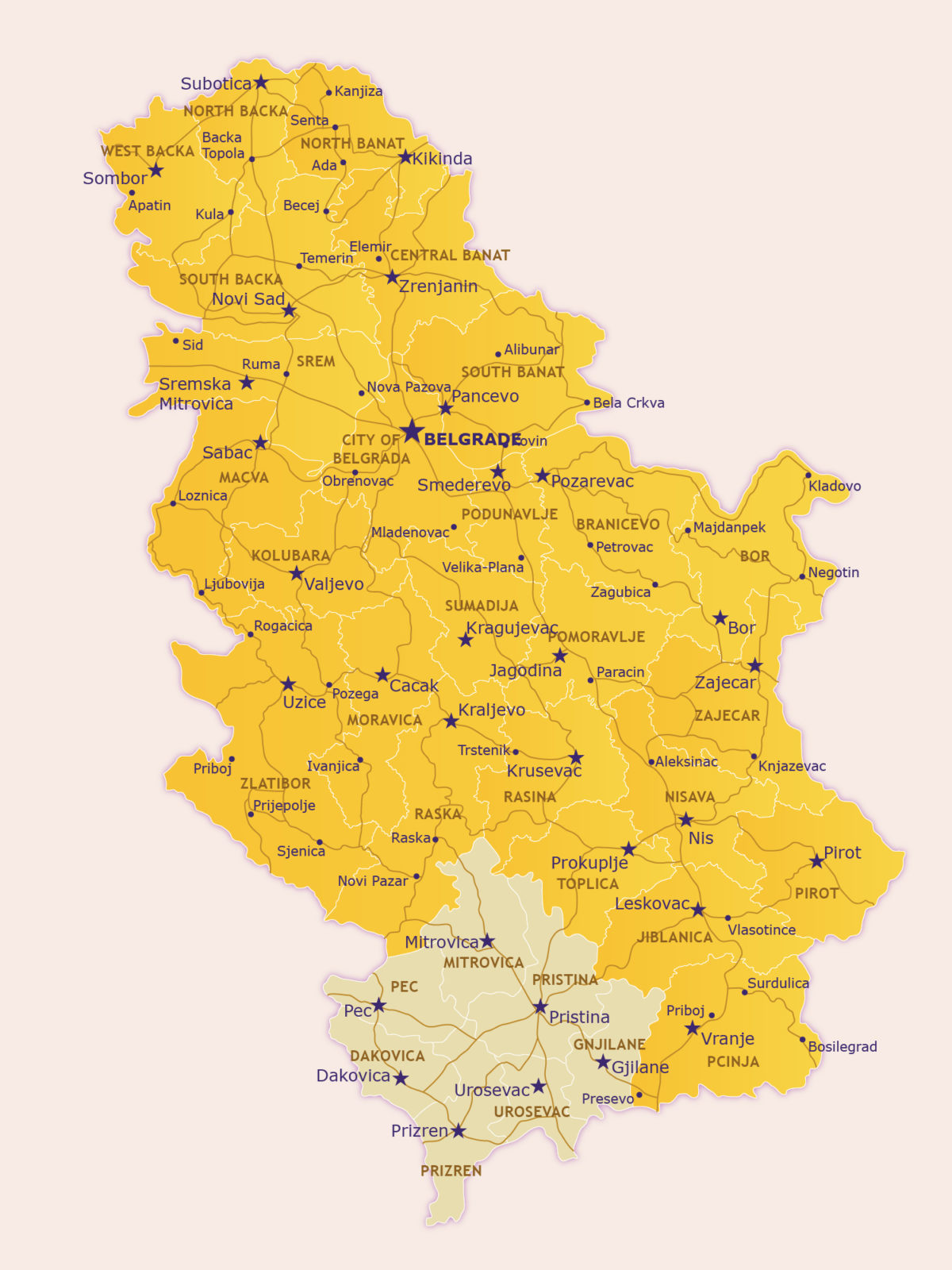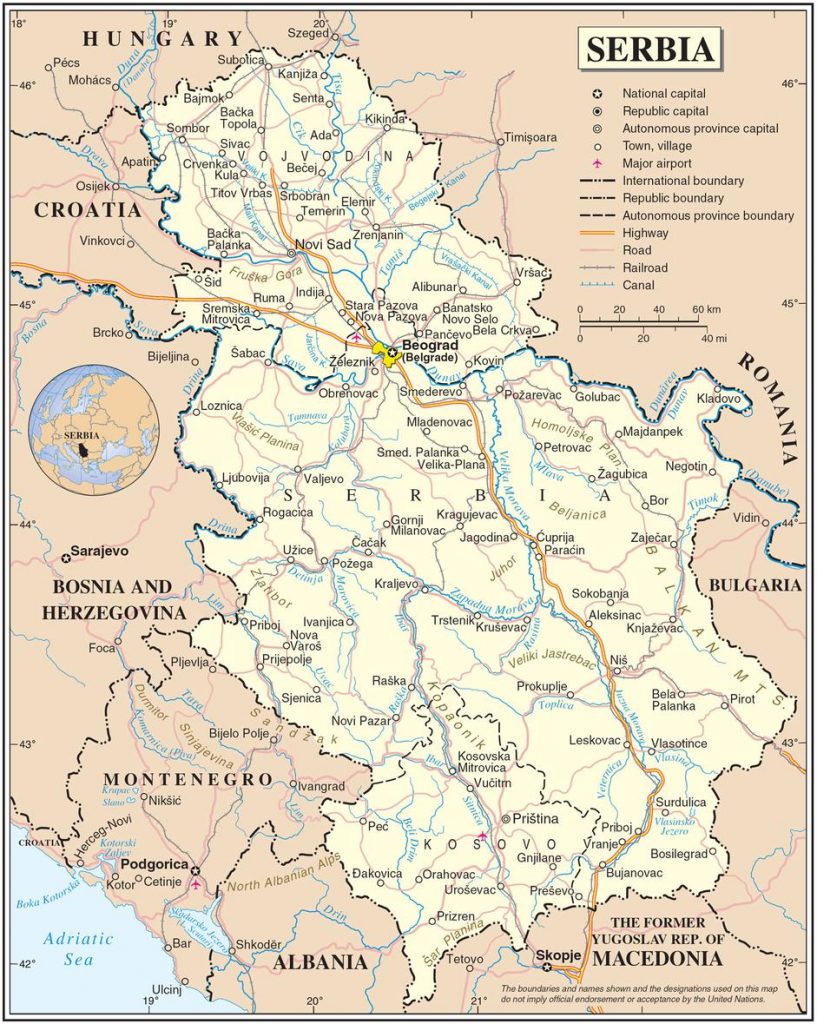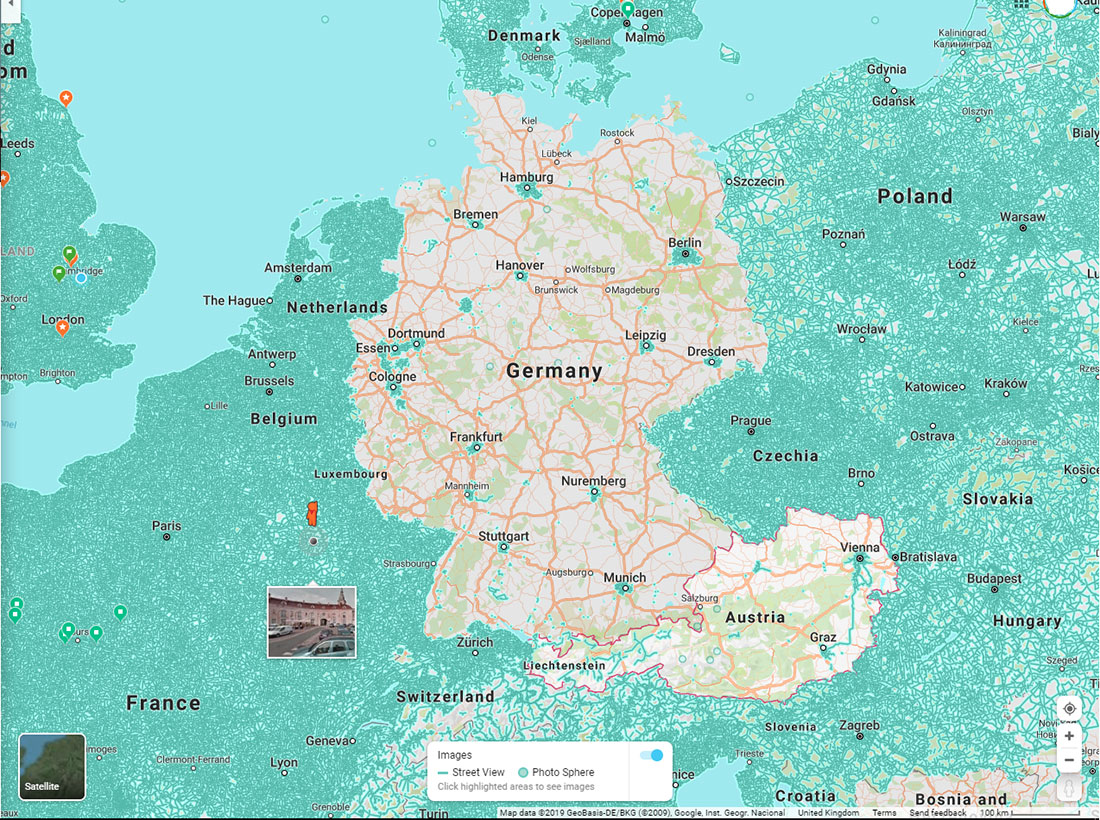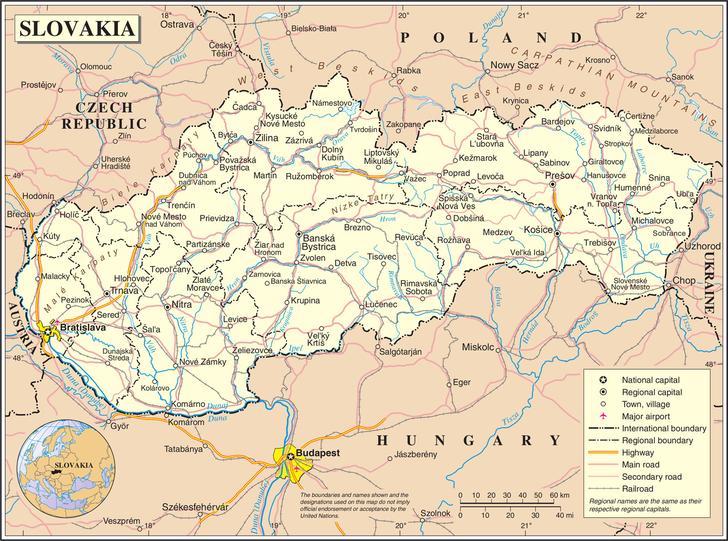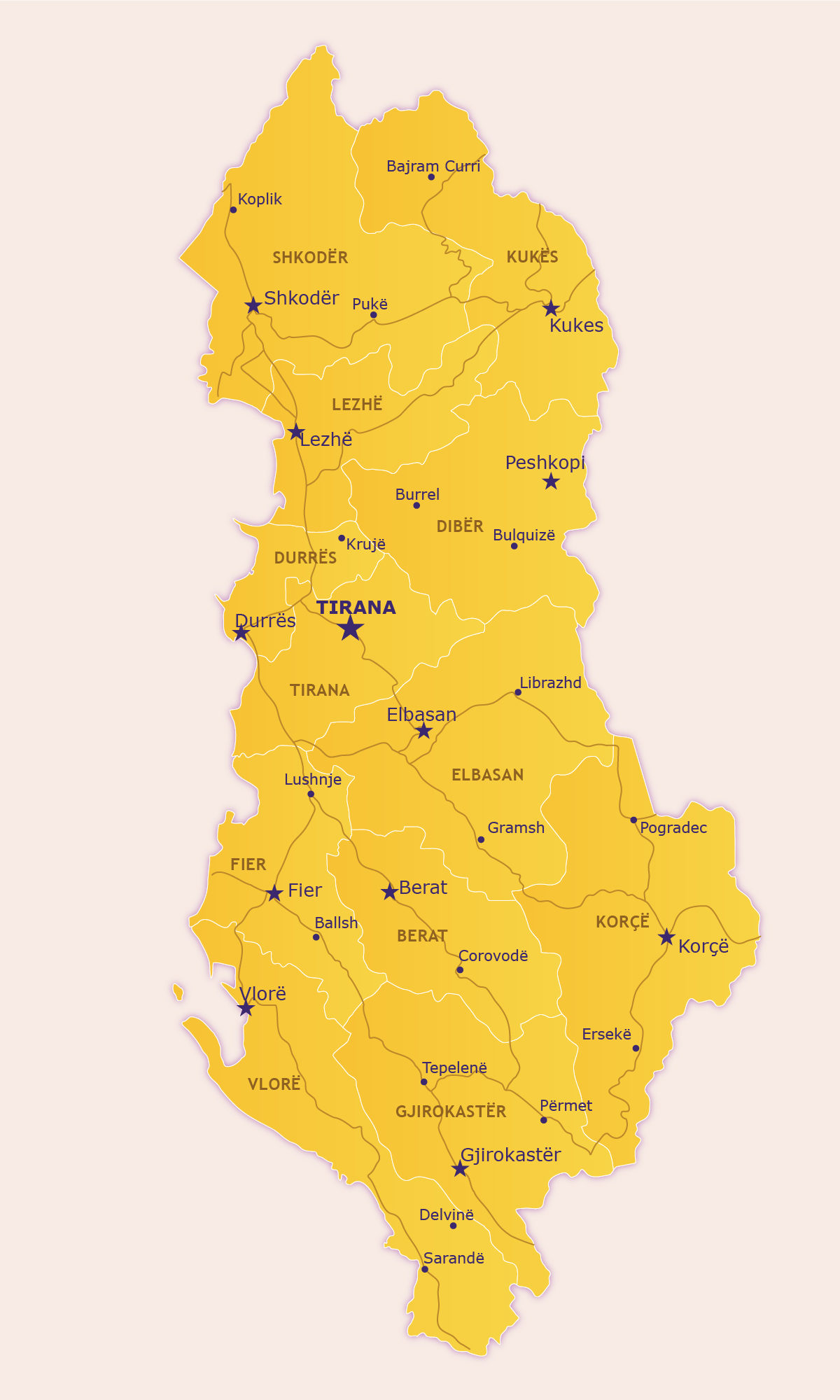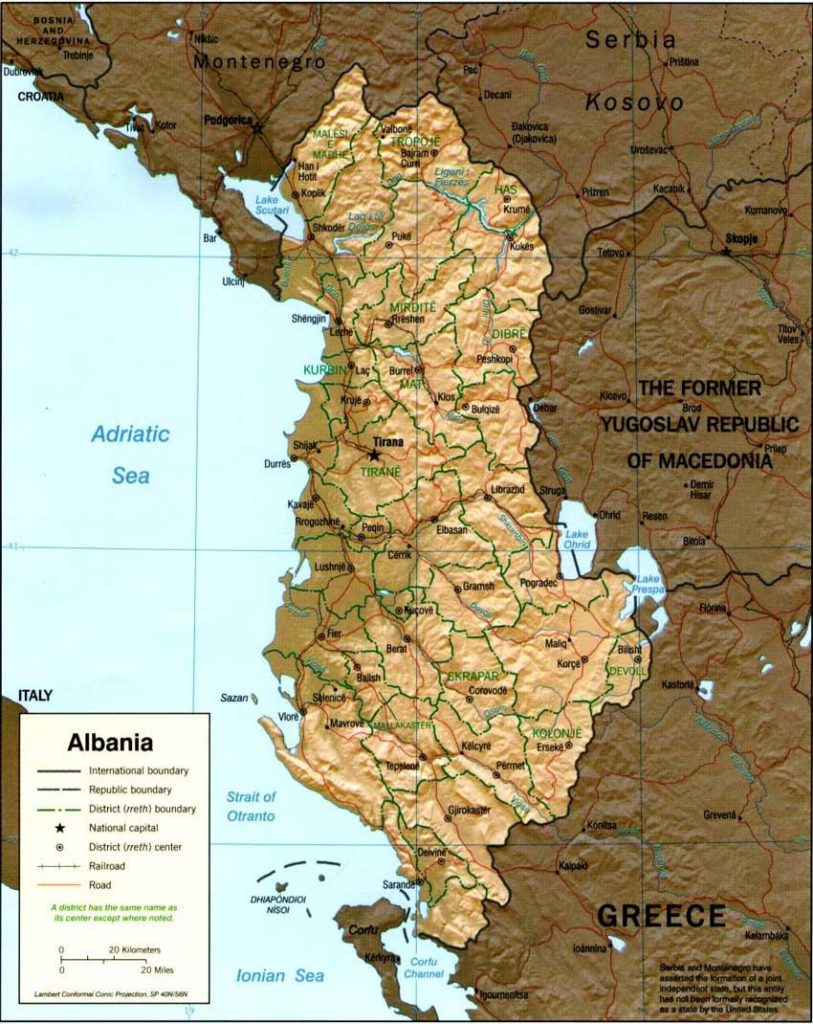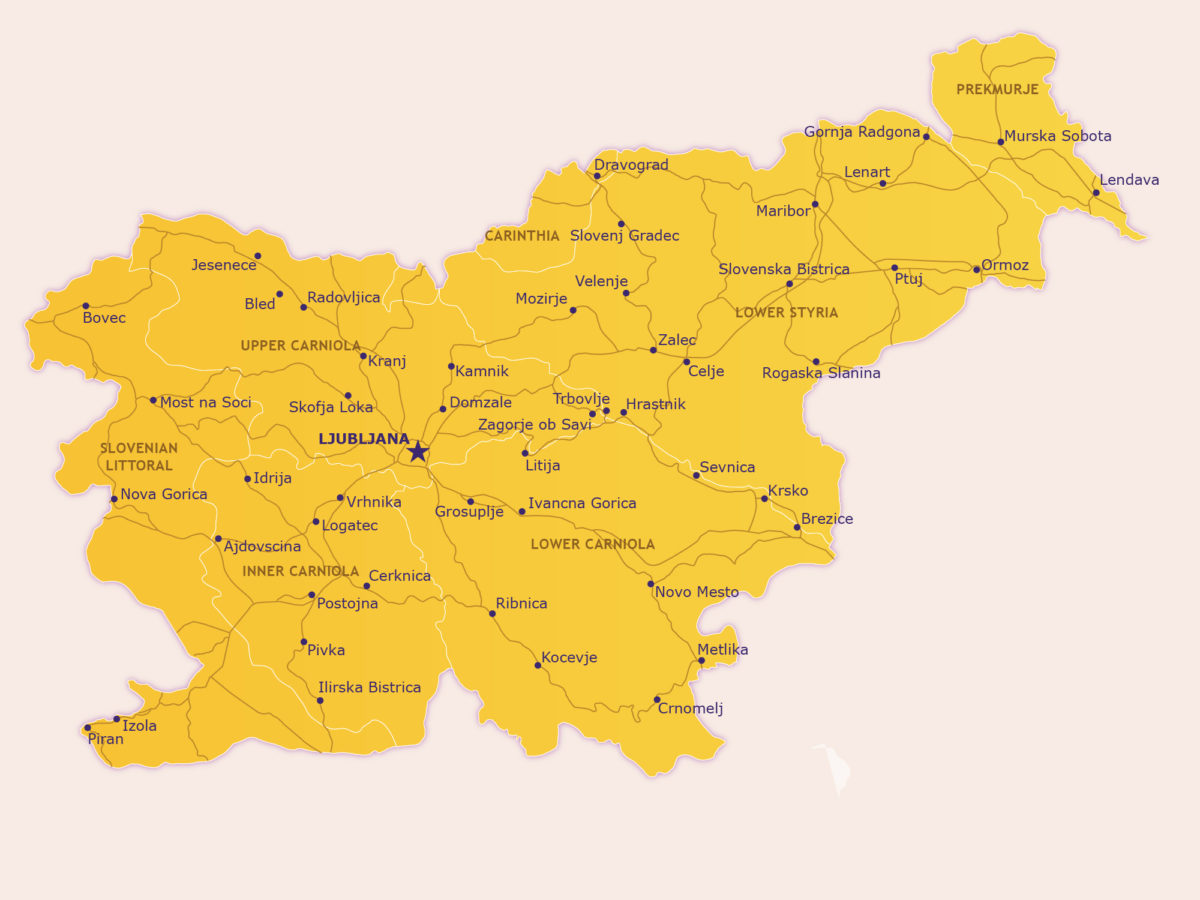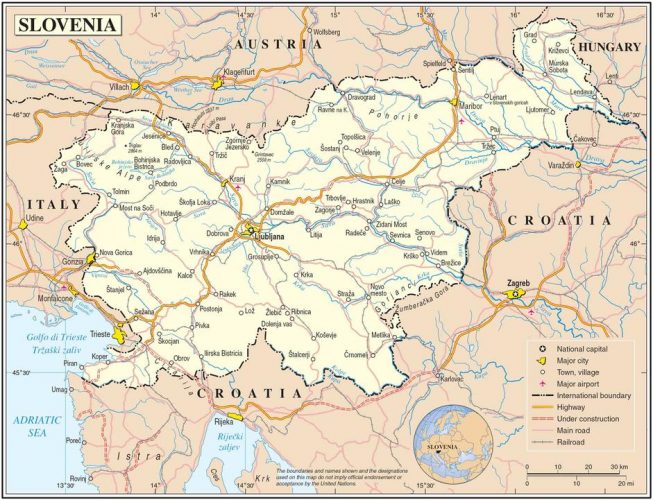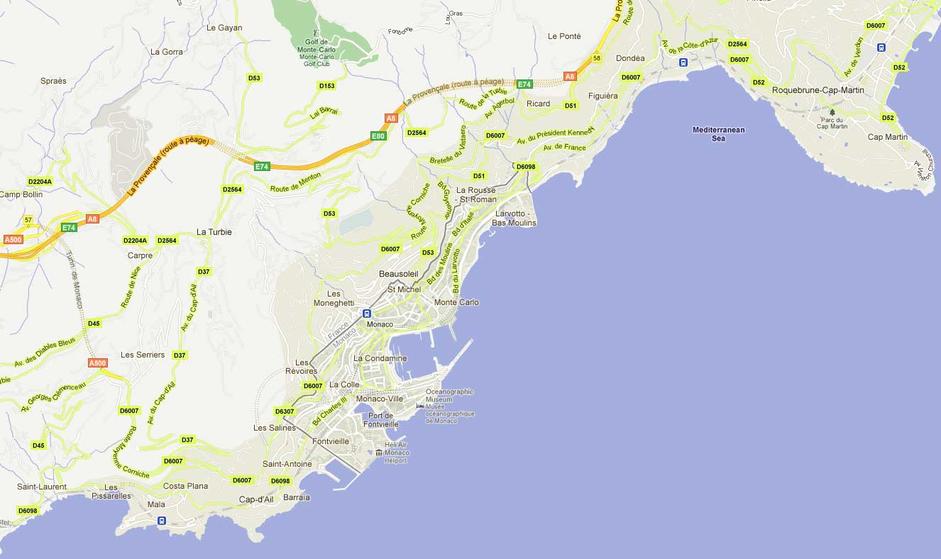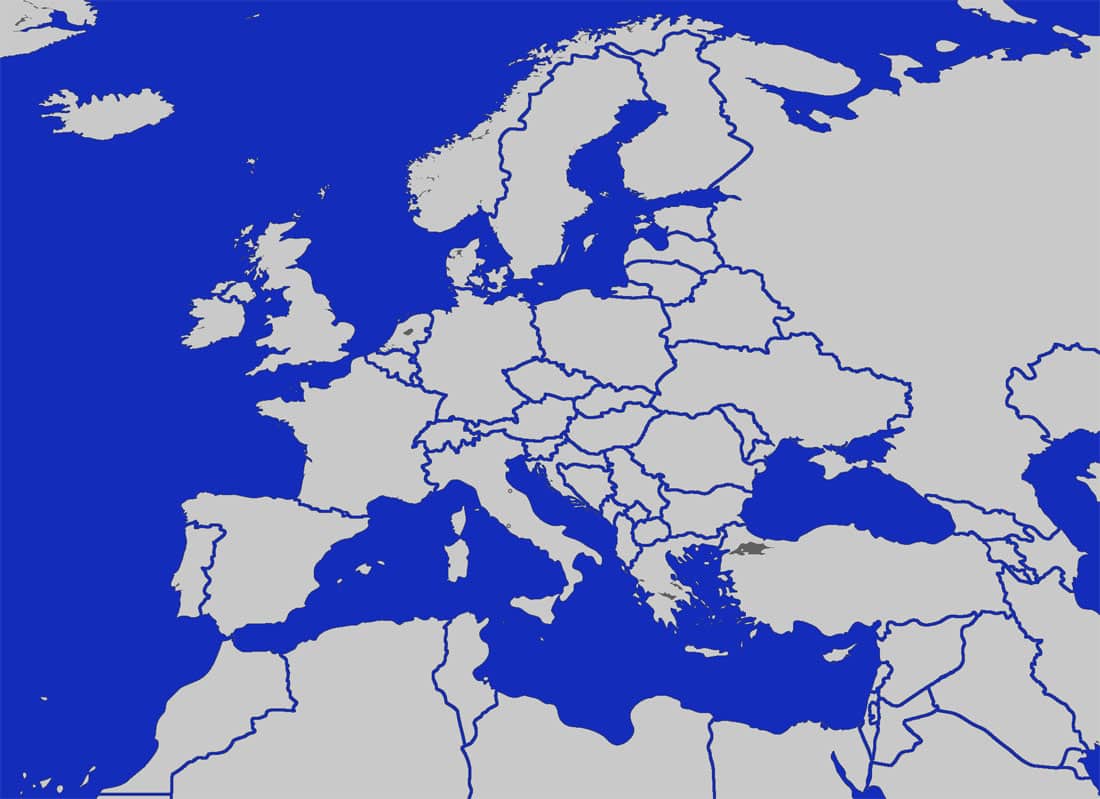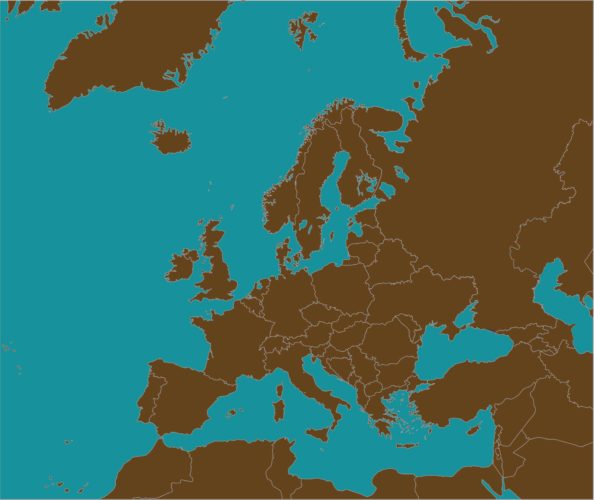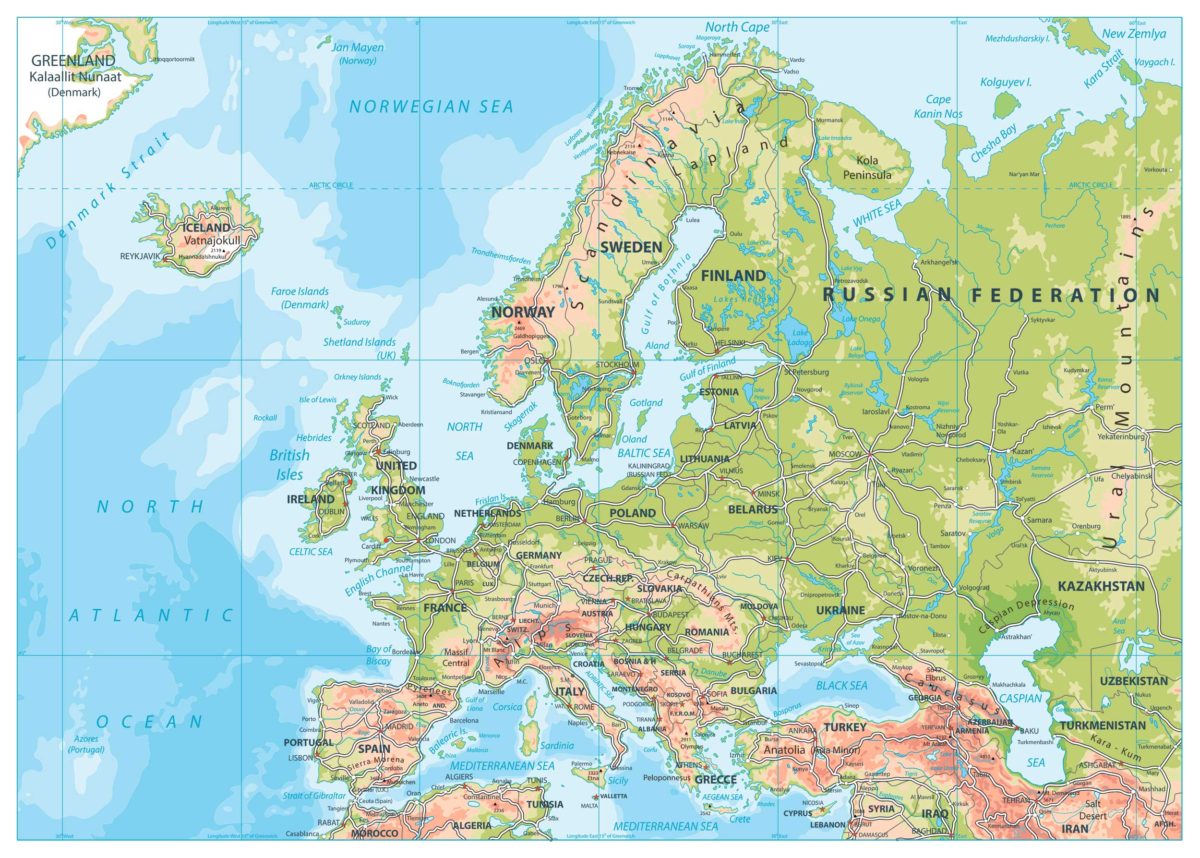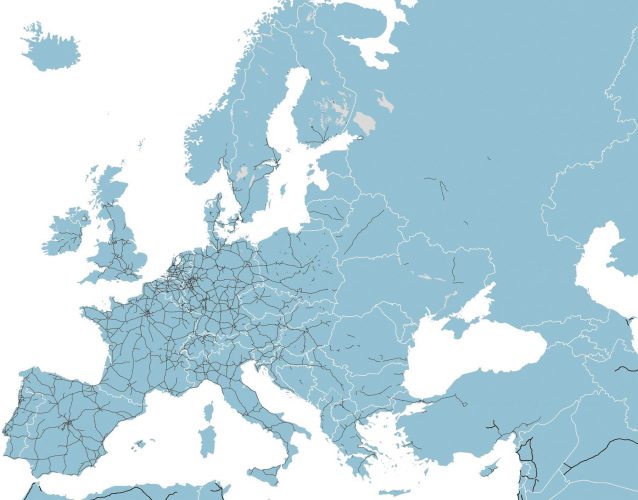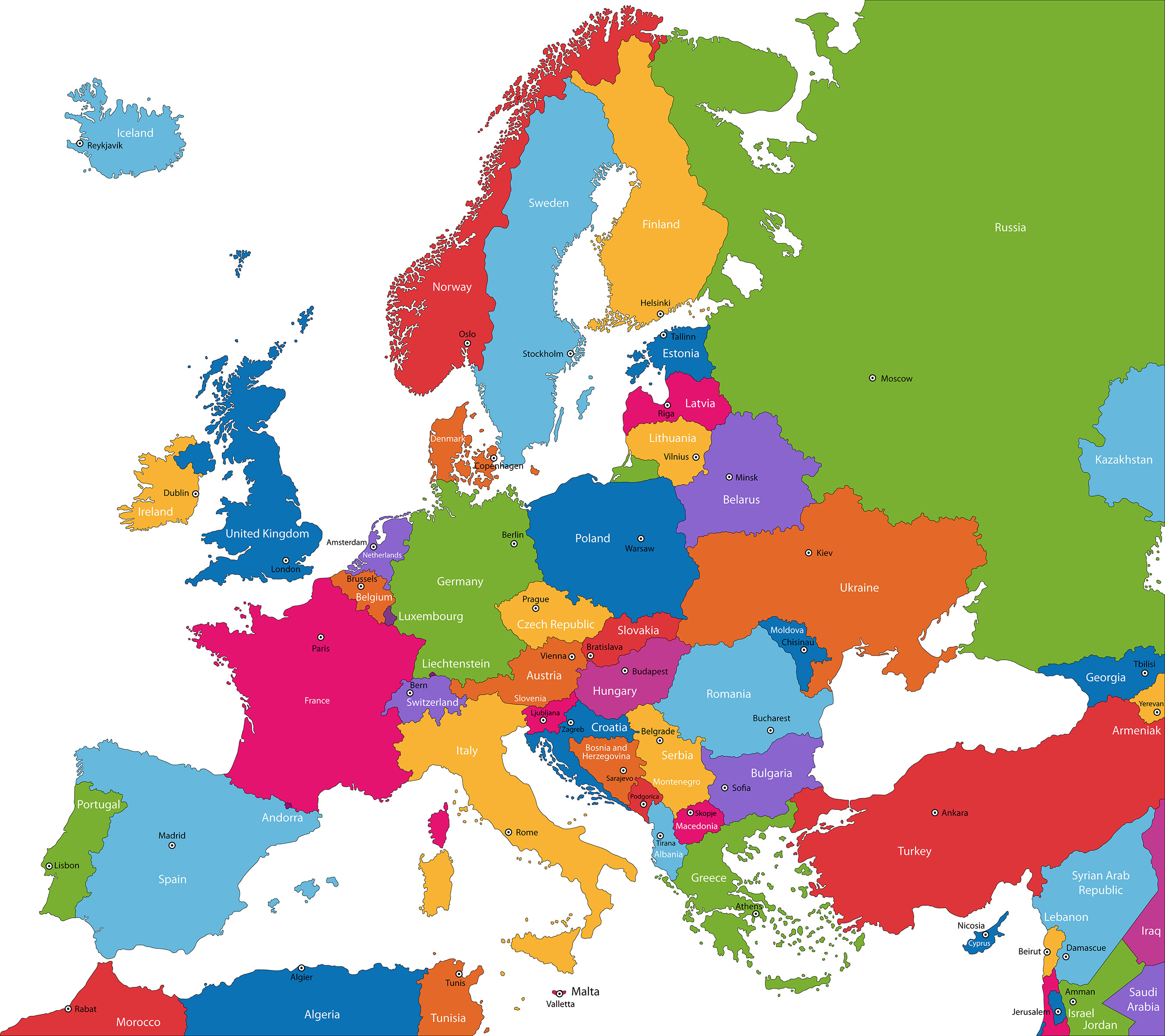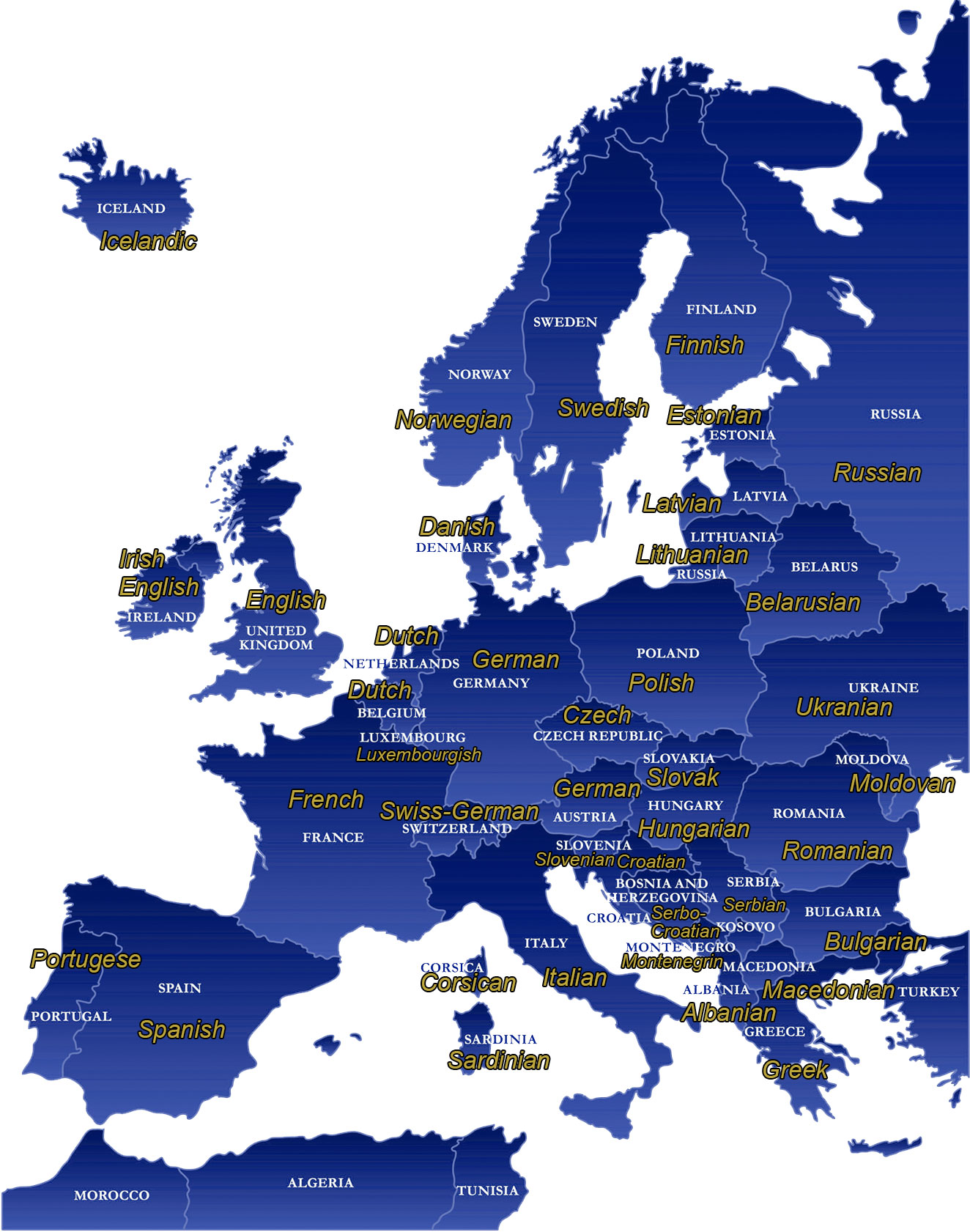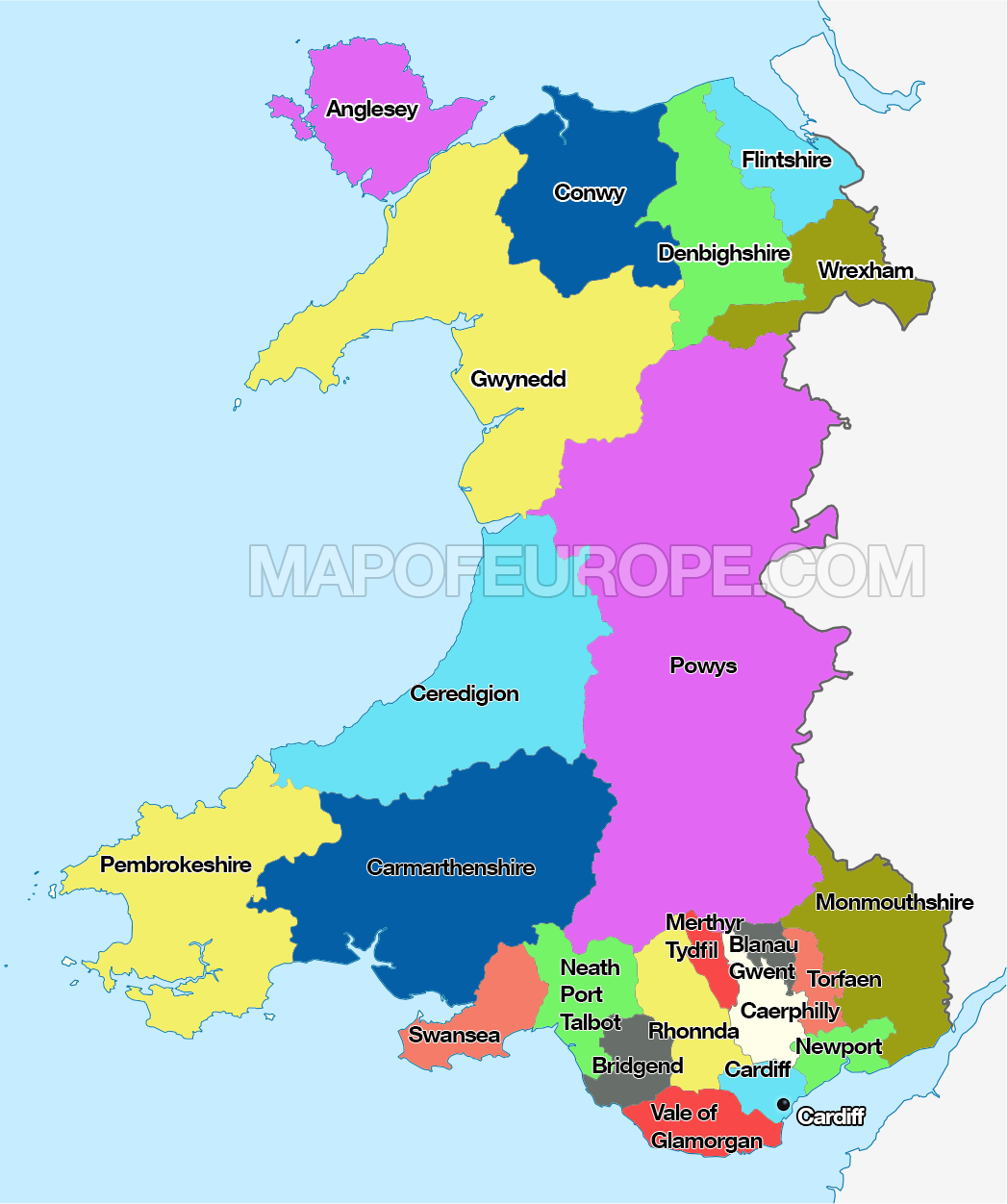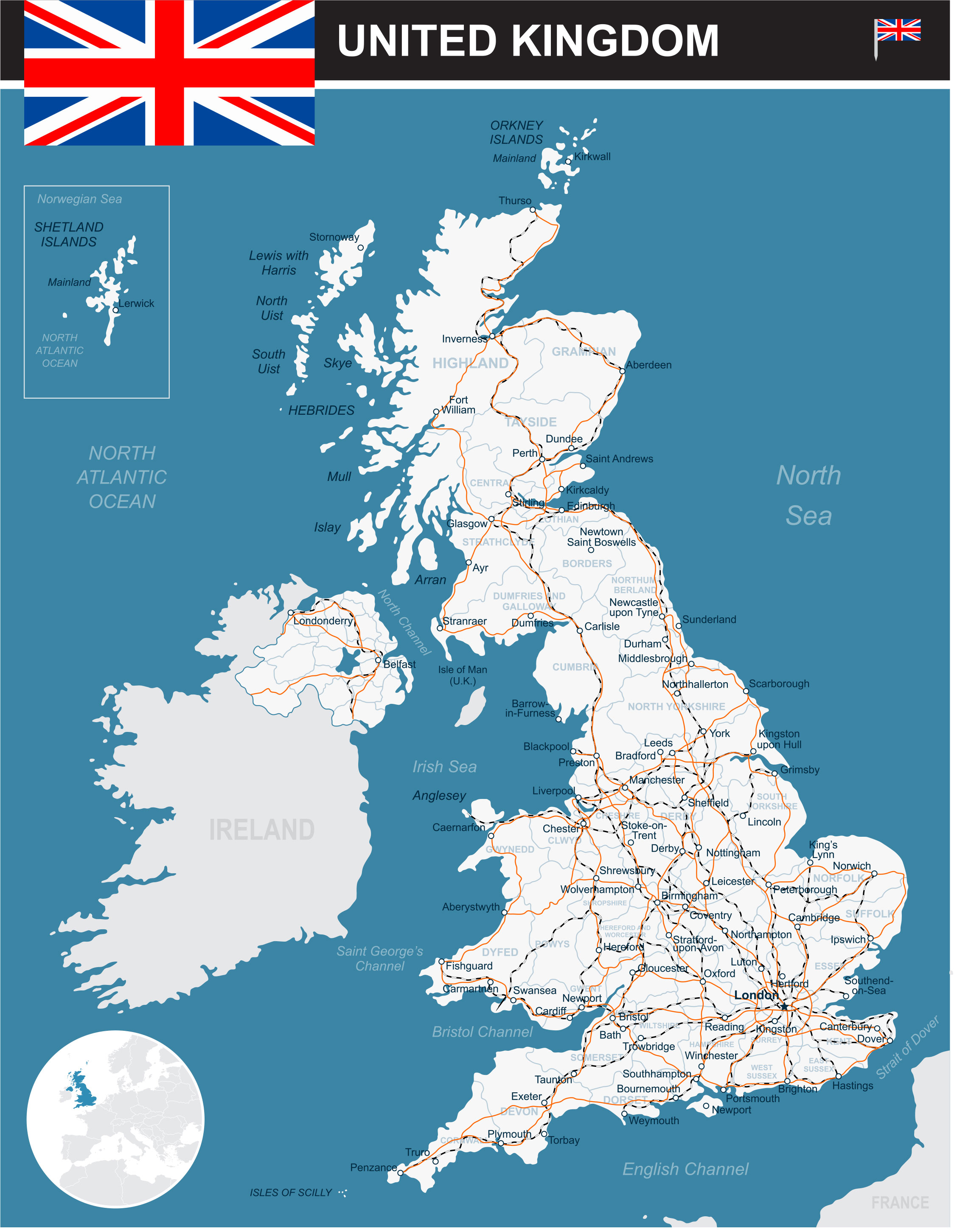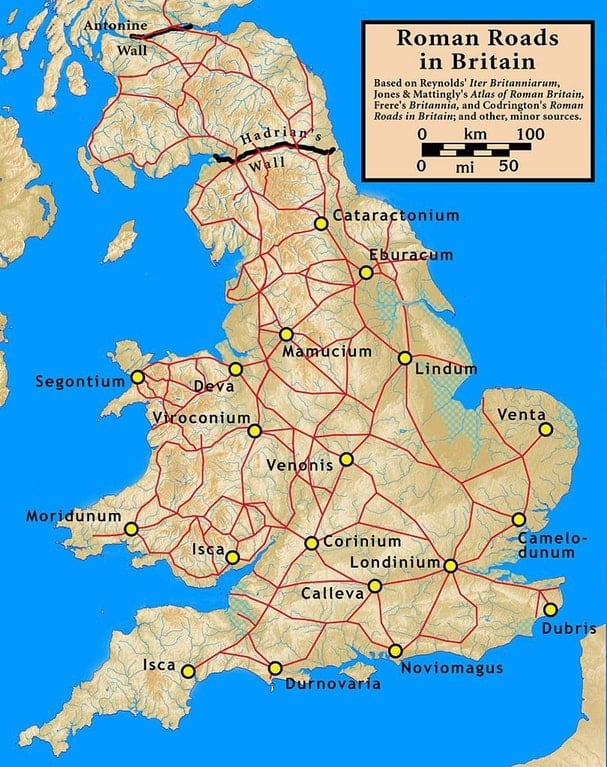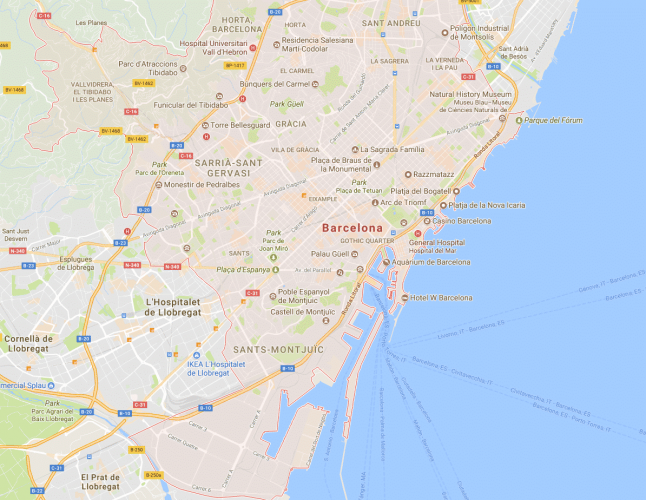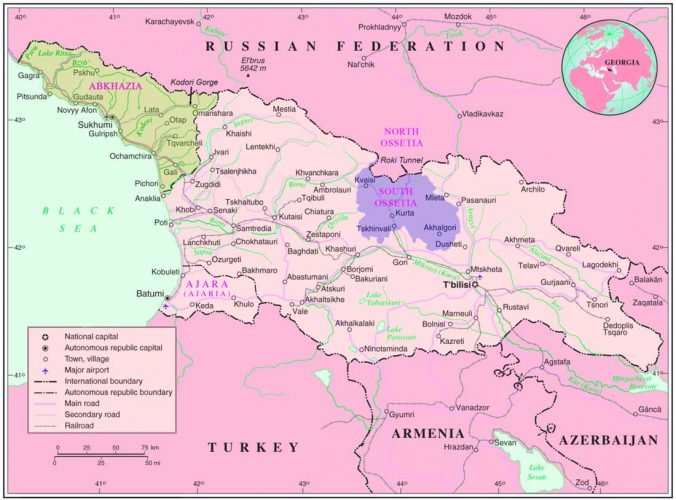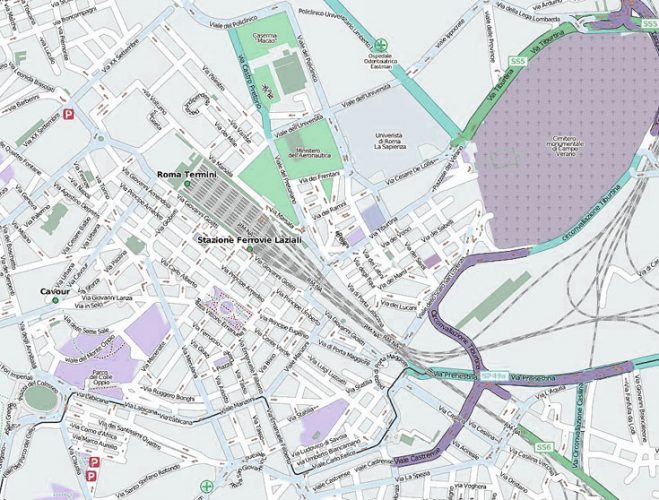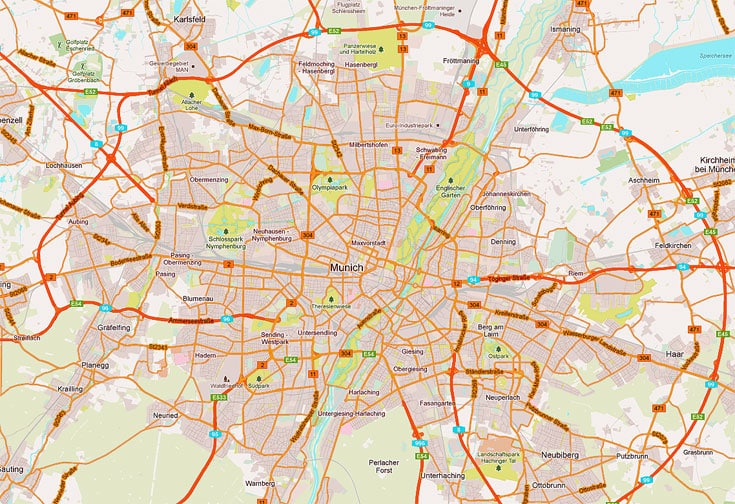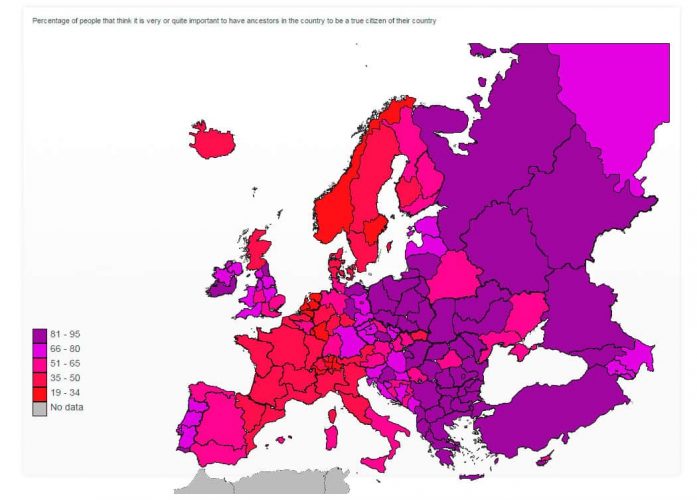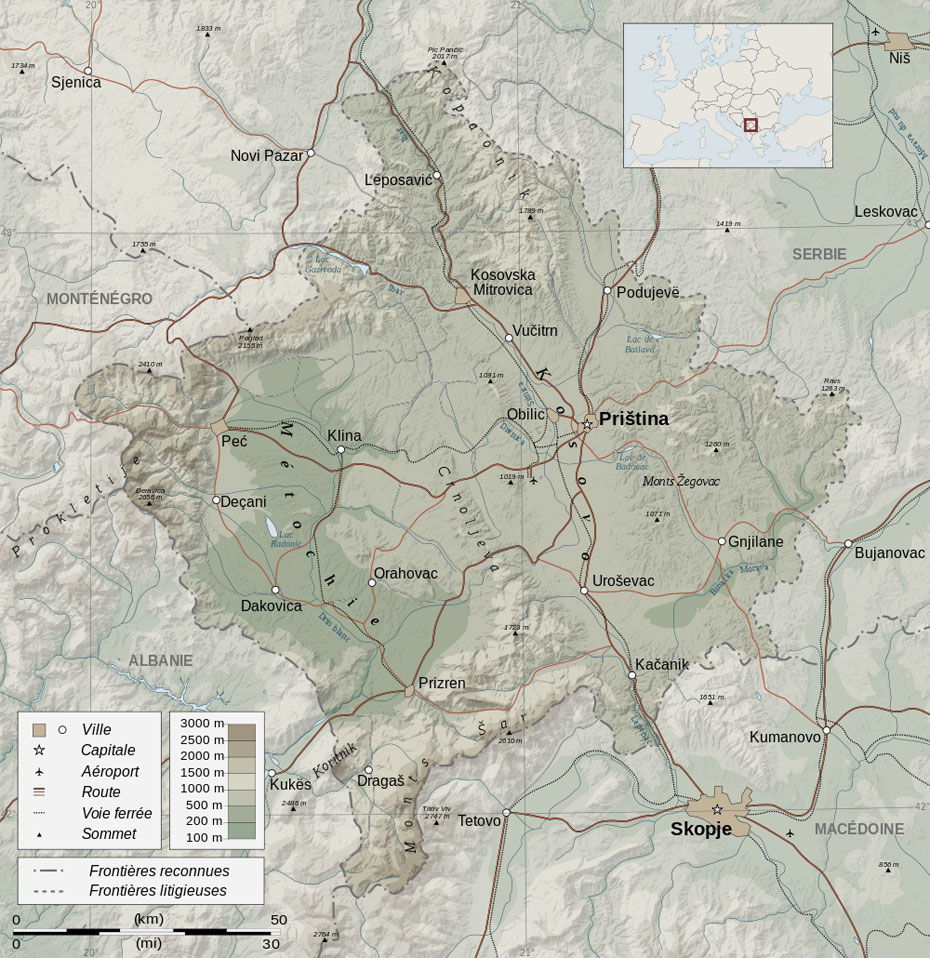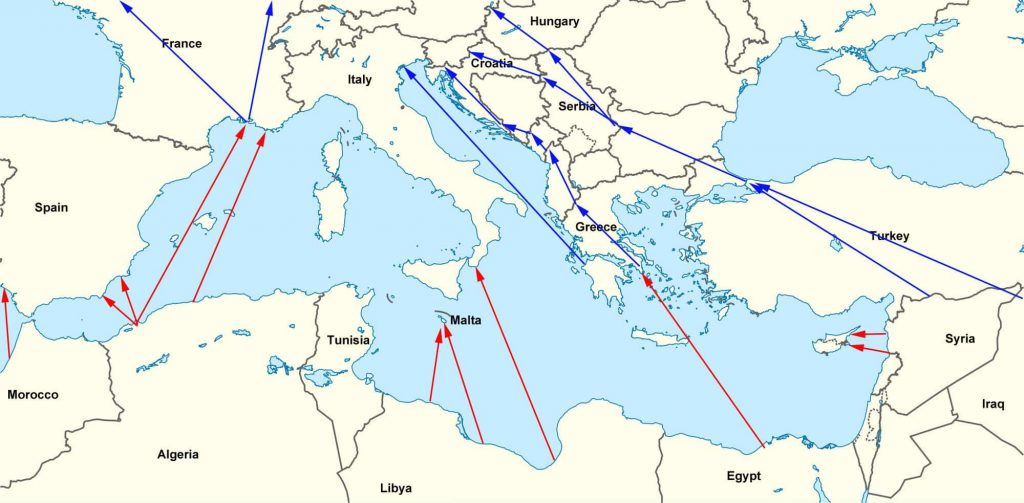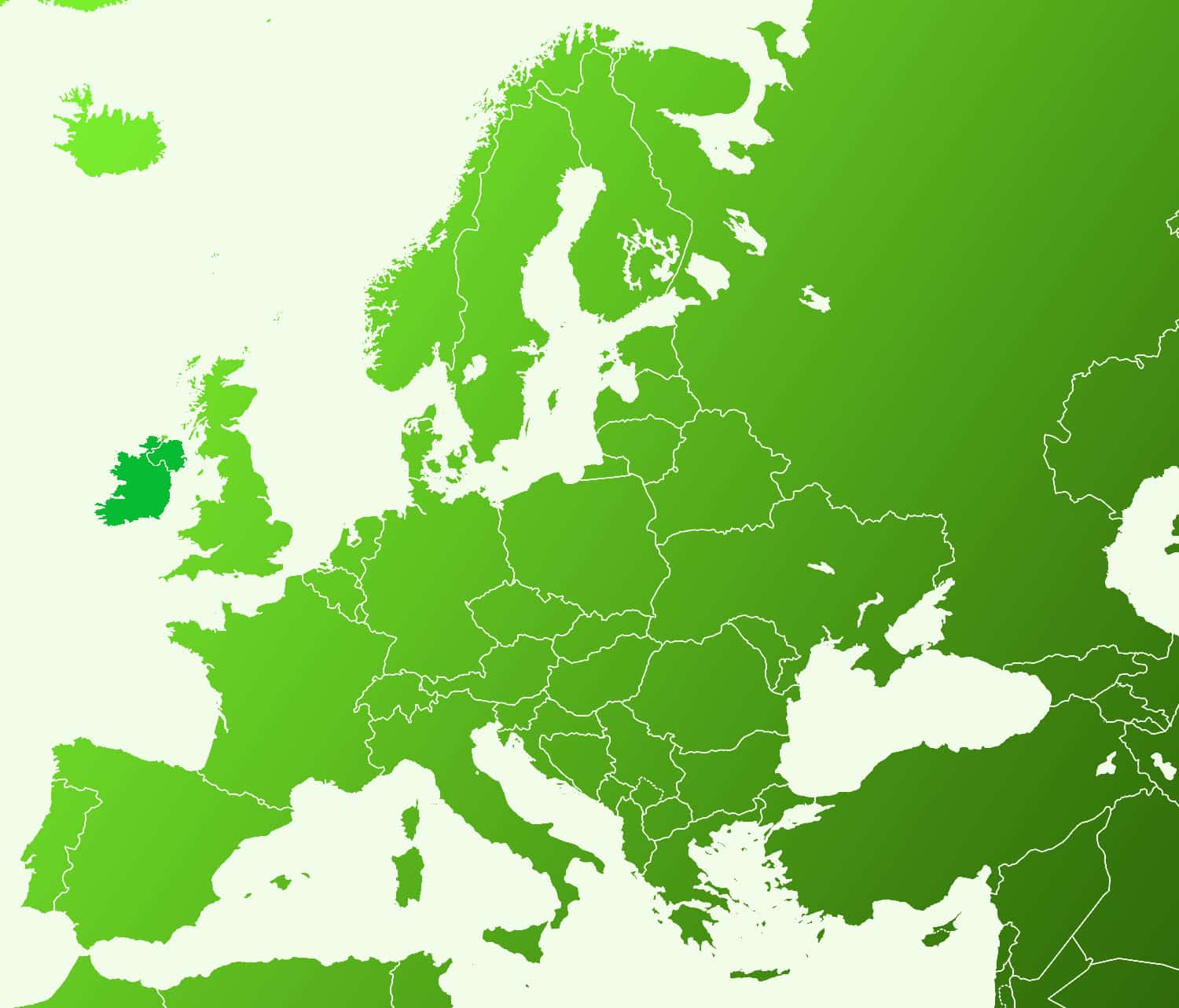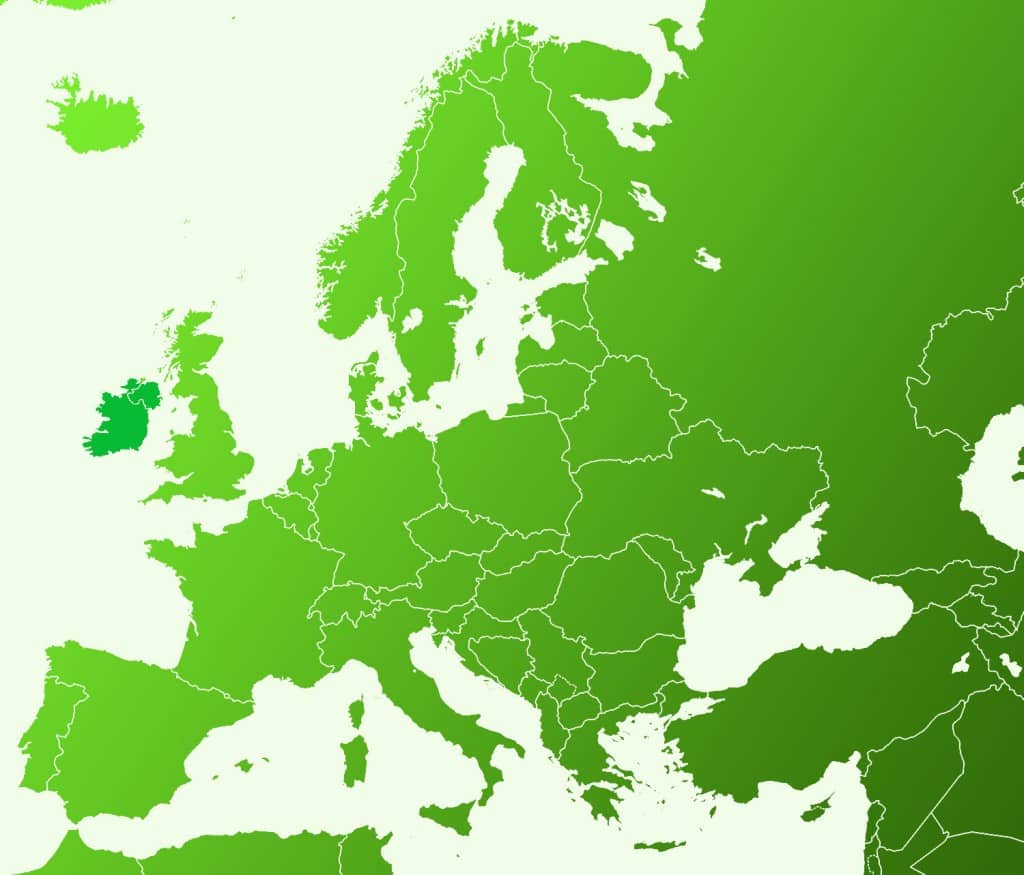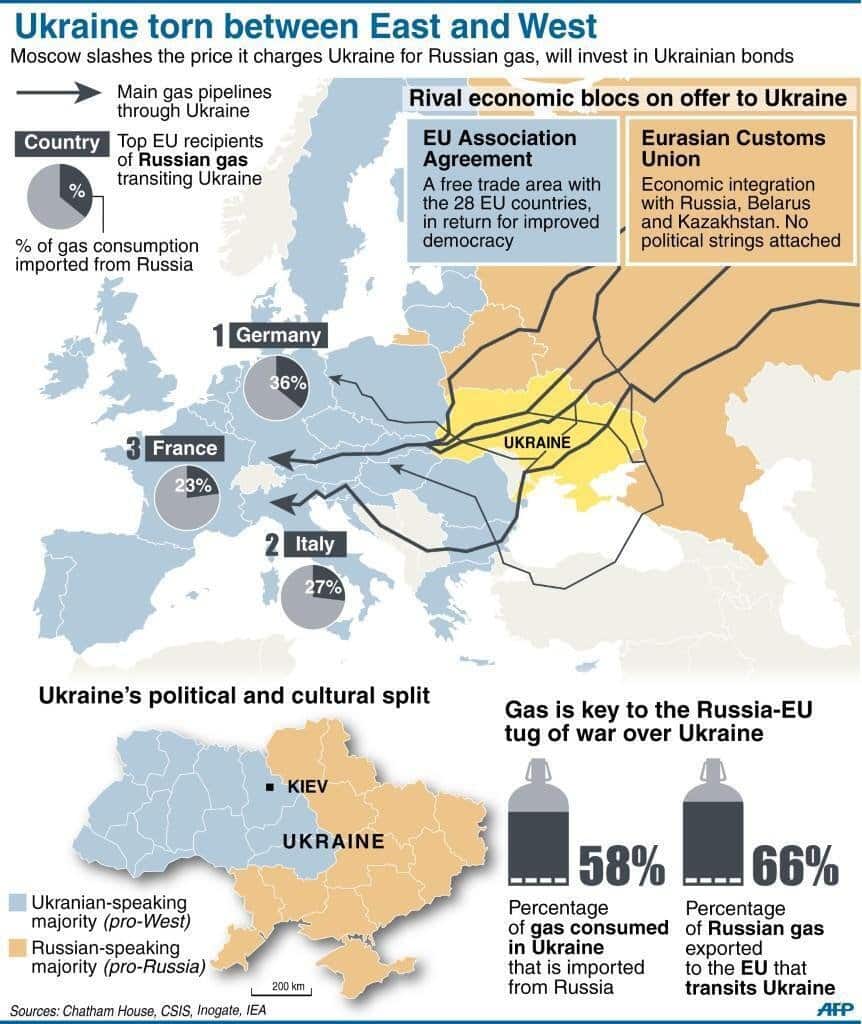Unfurling the Past: An Introduction to the Flags of Europe
In the rich tapestry of international symbolism, flags hold a revered place. Every color, symbol, and design element chosen encapsulates a nation’s identity, serving as a vibrant, visual distillation of its history, culture, and values. Europe, with its diverse array of countries, is a fascinating study in this context. This article is the first in a series exploring the intricate tapestry of European flags and their significance.
Flags have been an intrinsic part of human civilization, used for thousands of years as symbols of identity and sovereignty. The concept of a national flag, however, is relatively modern, gaining prominence in the 18th century with the rise of nation-states. In Europe, many countries adopted their current flags during the 19th and 20th centuries, often associated with pivotal events like revolutions, independence movements, or the formation of new political systems.
Every flag tells a story, symbolizing its nation’s history, geographical features, religious beliefs, or political ideologies. The tricolor design—three equal horizontal or vertical stripes—is a common pattern in European flags, inspired by the French flag introduced during the French Revolution in the late 18th century. This design has been adapted by various countries, including Italy, Germany, and Ireland, each assigning their unique meanings to the colors.
The history of the European flags is indeed diverse. For instance, the flag of Denmark, known as the ‘Dannebrog’, is one of the oldest continuously used flags in the world. According to legend, it fell from the heavens during a battle in the 13th century. On the other hand, the flag of Bosnia and Herzegovina is relatively recent, adopted in 1998, signifying the nation’s aim for unity and its connection to Europe.
Studying a map of Europe with flags enables us to understand the shared and divergent paths these nations have taken. For instance, Scandinavian flags—Denmark, Sweden, Norway, Finland, and Iceland—share a common design feature, the Nordic Cross, symbolizing their shared cultural and historical ties. Meanwhile, Eastern European flags, such as those of Russia, Serbia, and Bulgaria, incorporate pan-Slavic colors—red, white, and blue—reflecting their Slavic heritage.
Flags are also imbued with deep symbolic meaning. For example, the flag of Greece, with its nine blue and white stripes, symbolizes the nine syllables in the phrase “Freedom or Death,” a motto from the Greek War of Independence. Meanwhile, the 12 golden stars on a blue field in the flag of the European Union represent unity, solidarity, and harmony among the peoples of Europe.
Flags are not static symbols; they evolve as nations change. With shifts in political regimes, societal values, or national sentiment, countries may modify their flags to better represent their current state. The flag of Spain, for instance, has seen several iterations corresponding to the nation’s tumultuous history, from monarchy to republic, civil war, dictatorship, and eventually democracy.
Flags, with their burst of colors and intricate designs, are far more than mere fabric fluttering in the wind. They are narratives in themselves, capturing the spirit and journey of nations. As we navigate through the map of Europe with flags, we unfurl the diverse stories of resilience, unity, faith, and freedom. These vibrant symbols serve as silent yet eloquent testimonials of Europe’s rich past and present.
Emblems of Identity: Exploring the Flags of Western Europe
As we continue our journey through the fascinating world of European flags, our focus turns to Western Europe. Here, we find some of the world’s most recognized flags, each carrying a story steeped in historical and cultural significance. This exploration uncovers the deeper meanings embedded in the vibrant flags fluttering over the landscapes of France, Germany, Spain, and more.
The flag of France, the Tricolore, is one of the most influential designs in the world, inspiring numerous other countries’ flags. Comprising three vertical stripes of equal width in blue, white, and red, the Tricolore was born in the crucible of the French Revolution. The blue and red are the traditional colors of Paris, while the white symbolizes royalty. However, the white later took on the symbolism of equality during the revolution, while the blue and red came to represent freedom and brotherhood.
Next on our Europe map with flags is the German flag. The flag, a tricolor of black, red, and gold horizontal stripes, has roots reaching back to the early 19th century and the liberal democratic ideals of the time. The colors originate from the uniforms of the German soldiers during the Napoleonic Wars. Black, red, and gold also became symbols of the democratic, centrist, and republican political forces in the 1848 Revolutions that swept across Europe.
The Spanish flag, or ‘la Rojigualda,’ is a relatively recent creation, adopted officially in 1981. It features three horizontal stripes: the top and bottom stripes are red, and the wider middle stripe is golden yellow. On the left side of the yellow stripe is the country’s coat of arms. The colors were chosen for their visibility at sea, as the flag’s original purpose was for naval identification. The coat of arms encapsulates Spain’s complex history, with symbols representing the historical kingdoms of Castile, Leon, Aragon, and Navarre.
As we move to the Iberian Peninsula, we find the Portuguese flag, a vertical bicolor of green and red, with the lesser portion green and the larger red. Overlapping the two colors near the hoist side is the Portuguese coat of arms, composed of the country’s traditional shield and behind it, an armillary sphere, a navigation tool highlighting Portugal’s seafaring history. The green represents the hope for the future, and the red stands for the blood of those who died serving the nation.
Our journey of Western Europe concludes with the flag of Belgium, a vertical tricolor of black, yellow, and red. The colors originate from the Duchy of Brabant’s coat of arms, a historic state in the southern Netherlands and Belgium, and the sequence was modeled after the French flag. The black signifies the country’s determination and strength, the yellow stands for its wealth, and the red symbolizes the courage and valor of the people.
The flags of Western Europe represent a rich tapestry of history and ideals, from revolutionary fervor and liberal values to seafaring heritage and national courage. Each flag is a unique emblem of the country’s identity, capturing its spirit and resilience.
Symbols of Unity and Heritage: An Exploration of the Flags of Eastern Europe
Venturing into the eastern region of the European continent, our voyage through the flags of Europe brings us to lands where history, heritage, and a strong sense of unity intertwine. From the bold colors of the Russian flag to the stirring emblem of Poland, the flags of Eastern Europe mirror the enduring spirit and rich history of these nations.
Undoubtedly one of the most recognized flags across the globe, the flag of Russia features a simple but striking tricolor design. Comprising horizontal stripes of white, blue, and red from top to bottom, the Russian flag is an iconic representation of the country. The white stands for nobility and frankness, the blue signifies faithfulness, honesty, and wisdom, and the red embodies courage, generosity, and love. These colors also bear pan-Slavic symbolism, indicating the shared heritage of the Slavic nations.
On our map of Europe with flags, we move southwest to the flag of Poland. This flag displays a horizontal bicolor of white over red. These colors have been associated with Poland since the Middle Ages, with the white symbolizing peace and purity and the red standing for valor and bravery. While the design might seem simplistic, it carries profound meaning for Poles, signifying their enduring spirit and resilience.
Heading south, we come to the flag of Ukraine, another horizontal bicolor, this time of blue over yellow. The flag reflects the country’s picturesque landscapes, with the blue symbolizing the sky and the yellow representing the vast wheat fields. This vivid imagery of nature underscores Ukrainians’ deep-rooted connection with their land.
Moving towards the Balkan region, we encounter the flag of Romania, a vertical tricolor of blue, yellow, and red from the hoist side. The blue signifies liberty, the yellow represents justice, and the red embodies fraternity. Interestingly, these colors correspond to the country’s geography: blue for the sky, yellow for the fields, and red for the blood of its defenders.
Finally, we explore the flag of Bulgaria, a tricolor of white, green, and red horizontal stripes. The white symbolizes peace, the green represents the country’s agricultural wealth, and the red stands for the courage and valor of its people. The current design was adopted in 1879 following the country’s liberation from Ottoman rule, symbolizing a new era of independence and progress.
The flags of Eastern Europe reflect a profound connection to their historical past, national identity, and shared cultural heritage. While the designs might vary, their core essence resonates with a powerful sense of unity and patriotism.
Northern Lights and Crosses: An Insight into the Flags of Northern Europe
The region of Northern Europe, characterized by its stunning landscapes and resilient cultures, presents a distinct collection of flags. This chapter of our voyage through the European flag map brings us to this unique region, known for its shared Nordic symbol – the cross. Let’s delve into the flags of Sweden, Norway, Denmark, and others, which collectively narrate a tale of unity and distinct national identities.
Our journey starts with the flag of Sweden, known as the ‘Sveriges flagga’. This flag’s design is a gold or yellow Scandinavian cross extending to the edges on a field of blue. The blue symbolizes loyalty, justice, and truth, while the yellow represents generosity. This flag design, like many others in the region, is a variation of the Dannebrog, the flag of Denmark.
Heading westward on our map of Europe with flags, we find the flag of Norway, called the ‘Norges flagg’. This flag features a red field with a blue cross outlined in white, shifted towards the hoist side. The colors are said to have been influenced by the flags of France, the United States, and the United Kingdom, symbolizing liberty, loyalty, and humanity. The cross, as in many Northern European flags, speaks to the region’s historic Christian faith.
Next, we turn to the flag of Denmark, known as the ‘Dannebrog’. The flag features a white Scandinavian cross on a field of red. According to legend, the flag fell from the sky during a battle in Estonia in the 13th century and was caught by the Danish king, turning the tide of the battle. This flag is one of the oldest in the world, symbolizing Danish valor, honor, and the nation’s Christian heritage.
As we journey to the island nation of Iceland, we encounter the flag of Iceland, or ‘Íslendinga fáni’. The flag is blue with a white cross and a red cross inside the white, shifted towards the hoist side. The blue symbolizes the surrounding Atlantic Ocean, the white represents the snow that covers the country in winter, and the red stands for the country’s volcanic fires.
Lastly, we explore the flag of Finland, known as the ‘siniristilippu’ or blue cross flag. A white background features a blue Scandinavian cross, symbolizing the many lakes throughout the country and the blue skies above. The white background represents the snow that blankets the Finnish landscape in the winter.
The flags of Northern Europe are visual embodiments of the shared culture and collective histories of these nations while simultaneously signifying their unique national identities. The prevalent cross symbol underscores the Christian faith, while the distinct color palettes encapsulate the specific essence of each country.
Basking in the Sun: A Look at the Flags of Southern Europe
The sun-drenched landscapes of Southern Europe provide the backdrop for the fifth chapter in our exploration of the European flag map. Here, the Mediterranean’s azure waters meet historical grandeur, captured eloquently in the flags of Italy, Greece, Portugal, Spain, and more. Each flag bears distinct symbols, colors, and designs that encapsulate the vibrant spirit and rich history of these nations.
First on our map of Europe with flags is the iconic flag of Italy, known as ‘Il Tricolore’. This flag showcases a vertical tricolor of green, white, and red. The green represents the country’s land, the white symbolizes the snow-capped Alps, and the red denotes the bloodshed during the Wars of Italian Independence. Together, these colors capture the essence of Italy – its rich landscapes, historical upheavals, and resilient spirit.
Next, we turn to the flag of Greece, known as the ‘Galánolefki’ or the ‘blue and white’. The flag features a blue cross on a white field in the canton, with the rest of the flag bearing nine alternating blue and white stripes. The cross symbolizes Greek Orthodoxy, the established religion of Greece. The nine stripes represent the nine syllables of the phrase ‘Ελευθερία ή Θάνατος’ (Eleftheria i Thanatos), meaning ‘Freedom or Death’, the rallying cry of the Greek War of Independence.
Our journey then leads us to the flag of Portugal once again, where the green and red vertical fields embody hope and the blood of those who fought for the nation, respectively. The complex coat of arms at their intersection narrates Portugal’s grand history.
Revisiting the flag of Spain, we find a vibrant design that effectively incorporates the national coat of arms. The three horizontal stripes – two red and one, wider, yellow – embody the Spanish spirit, while the coat of arms, with its intricate elements, represents the country’s rich historical heritage.
Finally, we delve into the flag of Malta, a simple yet profound design. Comprising two vertical halves of white and red, it features the George Cross, outlined in red in the top left corner. The George Cross was awarded to Malta by King George VI of the United Kingdom in 1942, during World War II, as a symbol of bravery.
The flags of Southern Europe, steeped in history and cultural significance, serve as enduring emblems of national identity. They represent not only the geographical landscapes and historical events of these nations but also the values and aspirations of their people.
In the Heart of the Continent: Flags of Central Europe
As we travel deeper into the European continent, the Central European region unfolds with a rich amalgamation of cultures, histories, and natural beauty. The flags of this region, including those of Germany, Austria, and Switzerland, mirror this diversity. Each flag not only embodies its respective nation’s identity but also serves as a testament to its unique history and values.
Retracing our steps to the flag of Germany, we reacquaint ourselves with its iconic tricolor design. The flag features horizontal stripes of black, red, and gold, colors linked to the democratic, centrist, and republican movements that emerged in the 19th century. This flag symbolizes Germany’s continuous commitment to these values.
Further south, we find the flag of Austria, a simple yet powerful design with a rich history. The flag comprises horizontal bands of red and white, with a legend linking the colors to Duke Leopold V’s blood-stained battle garment. The red and white hence stand as symbols of valor and sacrifice for the nation.
Our journey then leads us to the unique flag of Switzerland, one of the only two square sovereign-state flags globally. The flag presents a bold, equilateral white cross on a red background, symbolizing freedom, honor, and fidelity. The Swiss flag’s distinct design reflects the country’s unique status of neutrality and independence.
As we move east, the flag of Hungary comes into view. The flag features horizontal stripes of red, white, and green. The red represents strength, the white symbolizes fidelity, and the green stands for hope. The design is steeped in history, going back to the country’s coat of arms in the Middle Ages.
Lastly, we explore the flag of the Czech Republic, a two-band flag with a blue triangle extending from the mast side. The white symbolizes the peaceful nature of the Czech people, the red stands for courage and valour, and the blue triangle represents vigilance and loyalty. The flag, adopted after the dissolution of Czechoslovakia, encapsulates the Czech Republic’s national identity and spirit.
The flags of Central Europe, while diverse in design, all bear a profound connection to the history and values of their nations. They are vibrant symbols of identity that continue to inspire their citizens and reflect their nations’ spirit to the world.
Tiny States, Big Stories: Flags of Europe’s Microstates
Our exploration of the European flag map brings us, in this final chapter, to the continent’s smallest countries. Despite their size, these microstates – including Vatican City, Monaco, Andorra, Liechtenstein, and San Marino – boast rich histories and unique cultures, reflected beautifully in their flags. Let’s embark on this final leg of our journey, delving into the tales these flags tell.
Keywords: European Microstates Flag Map, Flag of Vatican City, Flag of Monaco, Flag of Andorra, Flag of Liechtenstein, Flag of San Marino
We begin with the flag of Vatican City, the smallest internationally recognized independent state worldwide, both in terms of area and population. The flag consists of two vertical halves – one gold and one white. The white side features two crossed keys – one gold, one silver – beneath a tiara. The keys represent the keys to Heaven, symbolizing the Pope’s spiritual authority, while the tiara signifies his worldly authority.
Next, we find the flag of Monaco, which shares a similar design to the Indonesian flag, with horizontal stripes of red over white. The colors are said to represent the House of Grimaldi, the ruling family of Monaco since the 13th century.
Moving towards the Pyrenees mountain range, we encounter the flag of Andorra, a vertical tricolor of blue, yellow, and red, with the nation’s coat of arms in the center. The coat of arms includes motifs representing the historic co-princes of Andorra – the Bishop of Urgell and the Count of Foix.
Our journey then brings us to the flag of Liechtenstein, a horizontal bicolor of blue and red, with the nation’s crown in the upper left corner. The crown signifies the unity of the people and their loyalty towards their prince.
Lastly, we delve into the flag of San Marino, a horizontal bicolor of white over light blue with the country’s coat of arms in the center. The white represents the mountains, and the blue symbolizes the sky. The coat of arms showcases the Three Towers of San Marino on three peaks, a symbol of the republic’s independence and freedom.
The flags of Europe’s microstates, while less known, are teeming with intriguing narratives and deep symbolism. They are reminders that even the smallest states hold vast stories within their emblems of identity.
As we conclude our journey on the map of Europe with flags, we can reflect on the rich tapestry of stories we’ve explored. From the azure cross of Greece to the bold tricolor of Germany, each flag has offered a unique window into the history, culture, and values of its nation. While our voyage ends here, the stories these flags tell will continue to resonate, symbols of a continent’s shared heritage and enduring spirit.
The Panorama of Colors and Symbols: Final Reflections and Notable Mentions in European Flags
In this concluding chapter of our comprehensive exploration of the map of Europe with flags, we reflect on the journey and look at some notable mentions that did not make it to the previous articles but carry intriguing narratives in their designs. These include the flags of Kosovo, Belarus, and the Isle of Man.
We begin with the flag of Kosovo, a relatively new addition to the European flag map. It features a blue background with a golden map of Kosovo and six white stars. The blue and white colors are influenced by the flag of the European Union, while the stars represent Kosovo’s major ethnic groups.
Next, we look at the flag of Belarus, a unique design among European flags. The flag features a red horizontal stripe above a green horizontal stripe, with a white and red ornamental pattern on the hoist. This pattern, taken from traditional Belarusian folk designs, is the only one of its kind on a national flag.
A special mention should be made for the flag of the Isle of Man, a self-governing British Crown dependency. This flag, known for its unique design, features a triskelion (three armored legs arranged in a star shape) on a red background. The triskelion is a symbol of the sun, signifying life and resurrection, and is believed to bring good luck.
Reflecting on the grand tapestry of the European flag map, it is evident that each flag serves as a powerful emblem of national identity. They reflect the unique histories, cultures, and values of their nations, often through symbols, colors, and designs steeply rooted in deep-seated traditions and historical events. The story of Europe is a collective narrative of diverse nations, unified under a common heritage and shared values.
Exploring the European flag map has been akin to a voyage through time and across varied landscapes. We journeyed through the sunny coasts of Southern Europe, the snowy landscapes of the North, the verdant valleys of the West, and the historical crossroads of the East. Each flag told a unique story – of nations born out of resilience, of cultures that withstood the test of time, and of unity in diversity.
The story of each flag is the story of its people – their struggles, triumphs, aspirations, and legacy. These stories remind us of our shared humanity and the common thread that binds us all – the spirit of identity and nationhood. Our journey through the map of Europe with flags may have ended, but the stories they tell continue to inspire and unite, illuminating the rich tapestry of our shared global heritage.
Pride and Beauty on Display: The Most Famous and Nicest Flags in Europe
In this supplementary chapter of our exploration of the map of Europe with flags, we turn our attention to some of the most famous and visually appealing flags of the continent. While the fame of a flag can be subjective, often tied to the country’s international prominence, the aesthetics can be a matter of personal preference. Nonetheless, there are a few flags in Europe that stand out in terms of recognition and aesthetic appeal.
Arguably, the flag of the United Kingdom, known as the Union Jack, holds a place as one of the most famous flags in Europe, if not the world. This is largely due to the historical impact of the British Empire on global affairs. The flag itself is a blend of the flags of England (St. George’s Cross), Scotland (St. Andrew’s Cross), and Ireland (St. Patrick’s Cross), symbolizing the unity of these nations within the United Kingdom.
Another flag enjoying significant recognition is the flag of France, known as the Tricolour. The vertical bands of blue, white, and red are symbolic of the French Revolution, and the ideals of liberty, equality, and fraternity it espoused. The French flag’s fame is reinforced by France’s influence in global affairs and culture.
While “nicest” is subjective, some flags are often praised for their simplicity and color scheme. Among these is the flag of Sweden, a Scandinavian cross design of a golden yellow cross on a field of blue. The colors are believed to be inspired by the national coat of arms and are widely appreciated for their contrast and visual harmony.
Further south, the flag of Greece, with its unique combination of blue and white stripes and a cross, is also considered one of the most visually appealing. The colors represent the Greek sea and sky, while the cross symbolizes Eastern Orthodox Christianity, the predominant religion in Greece.
In the Eastern part of Europe, the flag of Ukraine gets notable mentions due to its simplicity and symbolism. The flag consists of two horizontal bands of blue and yellow. The blue symbolizes the sky, and the yellow represents the country’s wheat fields, offering a picturesque depiction of the Ukrainian landscape.
The fame and aesthetic appeal of a flag often reflect a country’s history, cultural influence, and the symbolic resonance of its design elements. Whether through a bold display of national colors or the intricate weave of historical symbols, each flag on the map of Europe offers a distinct visual experience and a unique narrative that contributes to the continent’s rich and diverse tapestry.
Fluttering through Time: The Evolution and Significance of Flags in Europe
As we bring our journey through the map of Europe with flags to a close, it’s essential to step back and understand the evolution of these national symbols and their significance. Flags, in their myriad colors and designs, carry the weight of history, bear witness to the rise and fall of nations, and embody a nation’s identity and ideals.
In the historical sense, flags were primarily used in warfare, helping distinguish friend from foe on the battlefield. In Europe, the tradition of flags can be traced back to the Roman Empire, with the Roman legions carrying standards into battle. Over time, these military symbols evolved to represent not just armies, but entire nations.
The Middle Ages and the era of heraldry brought further significance to flags. They started featuring elaborate designs borrowed from family crests and regional symbols, such as the lions found on the flags of several European nations, including the Netherlands and Norway.
The 18th and 19th centuries, marked by revolutions and the formation of modern nation-states, gave birth to many flags we know today. Concepts of liberty, equality, and nationalism were woven into these symbols. For instance, the tricolors – such as the flags of France, Italy, and Germany – often represent these revolutionary ideals.
However, flags are not static. They continue to evolve, reflecting significant changes in a nation’s history or political landscape. Consider the flag of Russia, which changed with the fall of the Tsarist regime, then again with the collapse of the Soviet Union, reverting to the tricolor of white, blue, and red.
What makes the European flags particularly fascinating is their diversity. From the Nordic crosses of Sweden and Finland to the unique designs of Bosnia and Herzegovina and Spain, each flag tells its own story, reflecting regional influences, historical events, cultural identities, and national aspirations.
Moreover, flags are more than historical markers. They embody a nation’s identity, uniting people under a shared symbol. They wave at sports events, are hoisted on national holidays, and represent countries on international platforms. In many ways, they inspire patriotism, solidarity, and a sense of belonging.
The journey through the map of Europe with flags is a journey through history, culture, and national identity. It’s a testament to the continent’s diversity and a reminder of its shared heritage. As our exploration concludes, the flags continue to flutter, symbolizing the resilience and unity of nations, their vibrant stories etched in each stripe, star, and color.
Europe’s Flag Map: A Tapestry of United Diversity
Our final reflection on the map of Europe with flags seeks to encompass the overall narrative that has emerged throughout this journey. Each flag, unique and steeped in history, converges on the European flag map to paint a picture of united diversity.
Europe’s rich tapestry of nations manifests through their flags, representing diverse cultural identities while revealing common threads that bind them. These include shared historical influences, a common commitment to democratic values, and the desire for peaceful co-existence.
It’s also noteworthy that some design elements echo across the continent. The cross, for instance, appears on several flags, such as those of Sweden, Finland, Greece, and the United Kingdom, representing shared Christian heritage. Similarly, the tricolor pattern seen in the flags of France, Italy, Germany, and Ireland (among others), often embodies the ideals of liberty, equality, and fraternity, resonating the spirit of democracy and national sovereignty.
On another level, flags represent Europe’s geographical diversity. The flag of Iceland, with its representation of a snow-capped landscape, stands in stark contrast to the flag of Spain, reminiscent of the country’s sunny and vibrant temperament. The flag of Ukraine symbolizes golden wheat fields under a blue sky, reflecting the country’s fertile plains, while the flag of Norway conveys the country’s seafaring tradition.
This geographical and cultural diversity, however, converges under the flag of the European Union (EU). The circle of twelve golden stars on a blue field, embodying unity and harmony among European nations, reflects the continent’s shared aspirations for peace, solidarity, and cooperative progress.
It is also important to note the impact of Europe’s flags beyond its borders. The tricolor pattern has been adopted by many countries worldwide, a testament to the influence of European revolutionary ideals. Similarly, the Union Jack’s design elements appear in several Commonwealth countries’ flags, reflecting historical ties with the United Kingdom.
The map of Europe with flags is a vibrant tableau, narrating stories of struggle, resilience, unity, and diversity. It’s a chronicle of the continent’s past, a reflection of its present, and a beacon guiding its future. The exploration of these flags opens a gateway to understanding Europe’s rich heritage and diverse identity, a journey as enlightening as it is inspiring. As we close this series, we invite you to keep exploring, for each flag is a story waiting to unfold, and every story is a piece of the grand European tapestry.
Unfurling Mysteries: Curiosities and Lesser Known Facts about European Flags
This additional chapter of our series on the map of Europe with flags delves into the intriguing and lesser-known facts about European flags. These details might not be widely recognized, but they enrich our understanding of these national symbols and the cultures they represent.
Starting with the Danish flag, known as the Dannebrog, it is widely acknowledged as the oldest national flag in continuous use, dating back to at least the 14th century. According to legend, the flag fell from the heavens during a critical battle, leading the Danes to victory.
The flag of Switzerland and the flag of the Vatican City are the only two square national flags in Europe, and in the world. This unique aspect sets them apart in a sea of rectangular designs.
In a striking example of shared history and culture, the flags of Romania, Chad, Andorra, and Moldova are virtually identical, each featuring vertical stripes of blue, yellow, and red. This similarity has occasionally led to confusion in international events.
The flag of Malta holds a special distinction: in the top left corner, it features the George Cross, a military decoration awarded to the entire Maltese population for their bravery during World War II by King George VI of the United Kingdom.
The flag of Cyprus is the only national flag that features a detailed geographic representation of the country. It showcases a map of the island in gold, set against a white backdrop.
Contrary to most other national flags, the flag of the United Kingdom, the Union Jack, has a correct way up. The broader white diagonal stripe should be at the top on the side of the flag nearest the flagpole.
Finally, the flag of Albania features a double-headed eagle in black, a symbol originating from the Byzantine Empire’s heraldic emblems, showcasing the country’s historical ties to this ancient civilization.
These fascinating facts underscore the depth and complexity of the stories woven into the flags that populate the map of Europe. From unusual shapes and design elements to historical distinctions and curious coincidences, these national symbols never cease to surprise and engage us. Their narratives, sometimes hidden in the folds, are waiting to be discovered and shared, shedding new light on the rich tapestry of Europe.
Flying Diplomacy: Europe’s Flag Map and International Relations
For the next installment in our series on the map of Europe with flags, we shift our focus to the intersection of flags and international relations. Flags not only serve as symbols of national identity but also play vital roles in diplomatic contexts. They offer insight into historical alliances, political relationships, and how Europe interacts with the rest of the world.
In the realm of international relations, flags function as tangible representations of a country’s sovereignty and status. They are flown at international summits, diplomatic missions, and global events like the Olympics, symbolizing the presence and recognition of a country on the global stage.
The flag of the European Union (EU), featuring a circle of twelve golden stars against a blue background, is often displayed alongside the flags of its member states. It symbolizes the unity and solidarity among these nations. When flown together, these flags represent not just their individual nations, but their shared commitment to the EU’s principles of freedom, democracy, equality, and respect for human rights.
The influence of European flags extends beyond the continent, particularly visible in the flags of former colonies or territories influenced by European powers. For instance, the Union Jack is incorporated into the flags of several countries, such as Australia and New Zealand, reflecting their historical ties with the United Kingdom. Similarly, the tricolor design, popularized by the French Revolution, is evident in flags across the globe, from Ireland in Europe to India in Asia and Mexico in the Americas.
Furthermore, flags can offer subtle insights into international relationships and historical alliances. The similarities between the flags of Norway and Iceland, for example, underscore their shared Nordic heritage. The flag of Turkey, meanwhile, serves as a reminder of the country’s unique position straddling Europe and Asia, and its crucial role in regional geopolitics.
Flags also play a crucial role during times of political change. In newly independent nations, the creation of a national flag is a significant step towards asserting their sovereignty and cultivating a sense of national identity. Similarly, changes to a flag can symbolize a shift in a nation’s political landscape, as seen in the flag of Russia after the dissolution of the Soviet Union.
When viewed through the lens of international relations, the map of Europe with flags becomes a dynamic tableau of diplomatic ties, historical influences, and geopolitical intricacies. It underscores how these colorful symbols of national identity contribute to the complex and ever-evolving dance of international diplomacy.
Waving High in Festivity: The Role of Flags in European Cultural Events and Celebrations
In this article, we turn our attention to the role flags play in European cultural events and celebrations. As we navigate the map of Europe with flags, it becomes apparent that these national symbols aren’t confined to political or historical contexts; they are also deeply intertwined with the social and cultural fabric of the continent.
Flags are a common sight at any national celebration in Europe. Whether it’s Bastille Day in France, St. Patrick’s Day in Ireland, or King’s Day in the Netherlands, flags add color and patriotic fervor to the festivities. They adorn streets, wave atop buildings, and feature on various celebratory items, turning these occasions into a vibrant display of national pride.
Similarly, regional and local festivals also incorporate flags to celebrate unique cultural identities within a country. In Spain, for instance, autonomous communities have their own flags that fly high during regional fiestas, such as the running of the bulls in Pamplona or the Tomatina festival in Buñol.
Europe’s diverse music festivals, like the Glastonbury Festival in the UK or Tomorrowland in Belgium, often feature a sea of flags representing the nationalities of attendees. These flags symbolize unity in diversity, fostering a sense of global community through the shared love of music.
Sports events, too, become a stage for the display of national flags. Be it the FIFA World Cup, the UEFA European Championship, or the Olympic Games, flags represent the competing nations, celebrate their achievements, and foster a sense of sportsmanship and camaraderie among diverse cultures.
One unique European event that exemplifies the symbolic power of flags is the Eurovision Song Contest. Before each performance, the participating country’s flag is displayed, and the event culminates in a grand parade of flags, symbolizing Europe’s unity through music and cultural exchange.
Flags are more than political symbols; they are also vibrant threads in the social and cultural tapestry of Europe. They add color and meaning to celebrations, reflect regional identities, and foster a sense of community and shared heritage. So, as we traverse the map of Europe with flags, let’s remember to look beyond their geopolitical significance and appreciate their role in Europe’s rich cultural landscape.
Stitched with Pride: Flags and National Identity in Europe
In this segment of our in-depth series on the map of Europe with flags, we delve into the intrinsic link between flags and national identity. In every corner of the continent, from the icy fjords of Norway to the sunny shores of Greece, flags serve as vital symbols of national pride and unity.
Flags are deeply intertwined with the concept of national identity in Europe. They serve as emblems of a nation’s history, culture, and shared values. The tricolor pattern of the French flag, for instance, symbolizes the revolutionary ideals of liberty, equality, and fraternity—core aspects of French national identity. The British Union Jack, meanwhile, signifies the union of England, Scotland, and Northern Ireland, embodying the concept of unity in diversity.
But the relationship between flags and national identity extends beyond mere symbolism. Flags also play a practical role in fostering national unity. During national holidays, important sporting events, or other moments of shared national significance, the collective display of the national flag can instill a sense of unity and common purpose.
Additionally, flags often serve as rallying symbols during moments of national crisis or change. The widespread display of the Ukrainian flag during the 2014 Euromaidan protests, for example, reinforced a sense of national unity and resolve in the face of political upheaval.
Flags also play a role in shaping a country’s image both domestically and internationally. The Swedish flag, with its blue and yellow colors, often evokes images of a prosperous and progressive society, which aligns with the country’s global reputation. Similarly, the Italian flag, with its vibrant green, white, and red, often brings to mind the country’s rich cultural heritage and culinary traditions.
Finally, it’s worth noting that flags can reflect a sense of broader, supranational identity as well. The flag of the European Union, for instance, represents not just the EU as an institution, but the shared identity and common values of its member states.
Flags play a crucial role in shaping and expressing national identity in Europe. They serve as constant reminders of a nation’s history and ideals, provide a focal point for unity and solidarity, and contribute to the narrative of what it means to belong to a certain country. As such, the map of Europe with flags becomes not just a geographical guide, but a vibrant tableau of the continent’s diverse identities.
Redefining Identity: The Process of Changing a National Flag in Europe
Our exploration of the map of Europe with flags now takes us to an aspect that might not always draw much attention: the process of changing a national flag. What prompts a nation to change its flag, and how does such a process unfold? Let’s delve into this subject with a couple of case studies from European history.
While national flags are enduring symbols of a country’s identity, they aren’t necessarily set in stone. Major political shifts, societal changes, or a desire for rebranding can prompt nations to revise their flags. Let’s consider two examples in Europe: Germany and Russia.
Germany: From Swastika to Tricolor After Nazi Germany’s defeat in World War II, the nation underwent a significant transformation, including its national flag. The infamous swastika flag was banned due to its association with a brutal and oppressive regime. In its place, Germany re-adopted the black-red-gold tricolor, originally used by the democratic Weimar Republic and symbolizing the nation’s renewed commitment to democracy and unity.
The change wasn’t just a practical step of replacing one flag with another. It was also a symbolic gesture, reflecting Germany’s desire to break from its dark past and move towards a more hopeful future. The choice of the Weimar Republic’s flag helped instill a sense of continuity with the country’s democratic traditions.
Russia: From Hammer and Sickle to White, Blue, and Red Another significant flag change occurred after the dissolution of the Soviet Union in 1991. The Soviet flag, red with the iconic hammer and sickle, was replaced by the white, blue, and red tricolor of the Russian Federation.
This change was part of the broader process of dismantling the Soviet system and creating a new Russian identity. The new flag was not entirely novel, as it harkened back to the flag used by the Russian Empire before the 1917 Revolution. This choice helped establish a sense of continuity with Russia’s pre-Soviet history while signaling a departure from its communist past.
In both cases, the flag changes were part of larger political transitions and attempts to redefine national identity. The process typically involved legislative approval and, in some cases, a public referendum, ensuring democratic endorsement of the new symbols.
While the map of Europe with flags might seem static, the flags themselves tell dynamic stories of change and transformation. As nations evolve, so do their flags, reflecting new realities and aspirations while maintaining links to their historical roots.
Colorful Stories: The Role of Color and Symbolism in European Flags
As we continue to traverse the map of Europe with flags, we will now delve into an aesthetic yet meaningful aspect: the role of color and symbolism in European flags. These designs carry potent messages, each color and symbol chosen with care to represent national narratives, historical events, and shared values.
The colors chosen for a nation’s flag are often imbued with specific meanings. The red, white, and blue of the French Tricolor, for instance, originally represented the values of the French Revolution – liberty, equality, fraternity. Similarly, the red and white in the Polish flag signify courage and peace, respectively.
In many cases, the same color can hold different meanings across various flags. For instance, red symbolizes bravery in the flags of many nations, like Denmark and United Kingdom, while it represents the sun in the North Macedonian flag.
Symbols also play a significant role in flag designs. Some flags feature national emblems or other significant icons. The Portuguese flag, for instance, depicts the country’s coat of arms, signifying its maritime history. Meanwhile, the Turkish flag features a star and crescent, traditional symbols of Islam, reflecting the country’s majority religion.
Even geometric designs can hold symbolic value. The cross design on the Swedish and Finnish flags, for instance, represents Christianity, reflecting the historical influence of the church in these countries. The tricolor pattern of many flags, such as those of Italy, Ireland, and France, often symbolizes republican values or significant historical periods.
It’s worth noting that some flags are designed with simplicity and recognizability in mind. The straightforward design of the Swiss flag, a white cross on a red square, makes it one of the most easily identifiable flags in the world.
The colors, symbols, and designs on flags are not chosen merely for their visual appeal. Each element holds significance, representing different facets of a nation’s identity, history, and values. Thus, as we explore the map of Europe with flags, we are also reading vivid narratives of the nations they represent, woven into the fabric of their flags.
